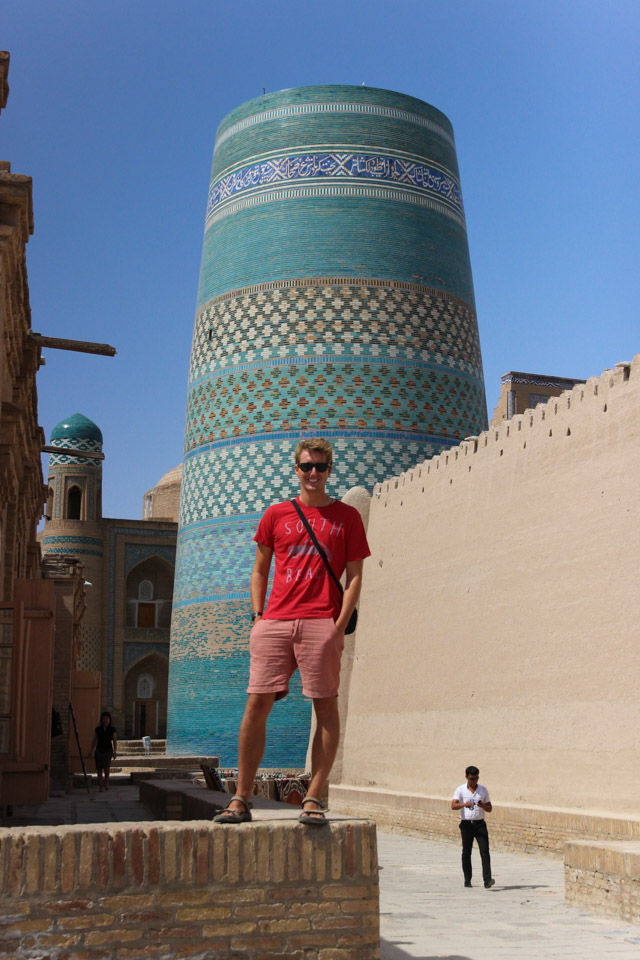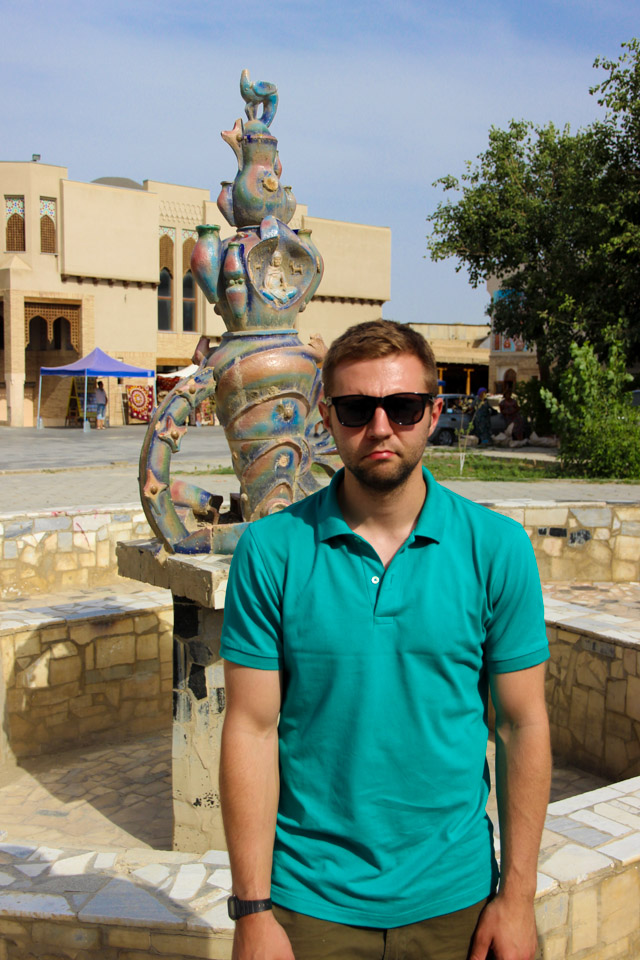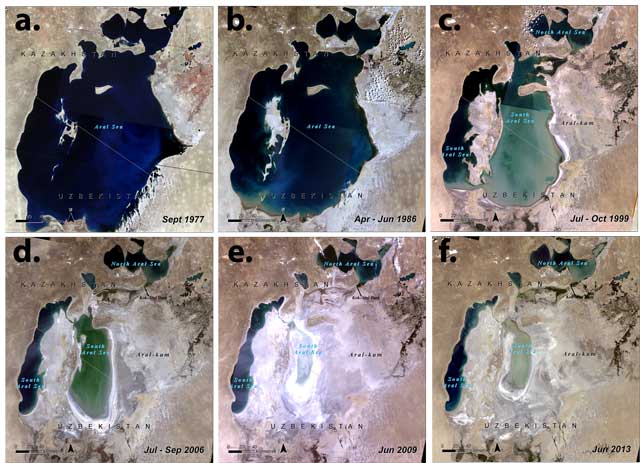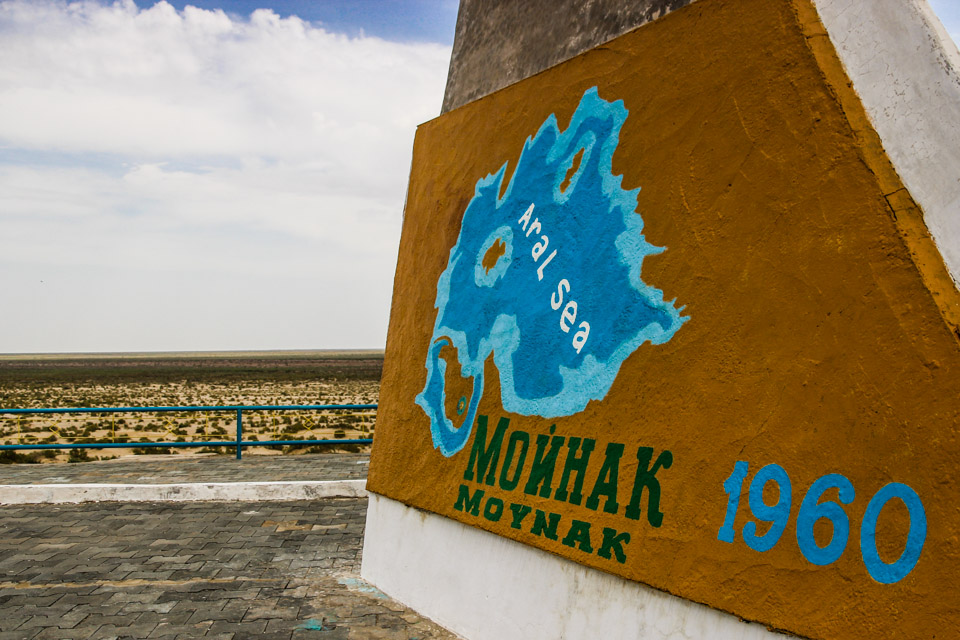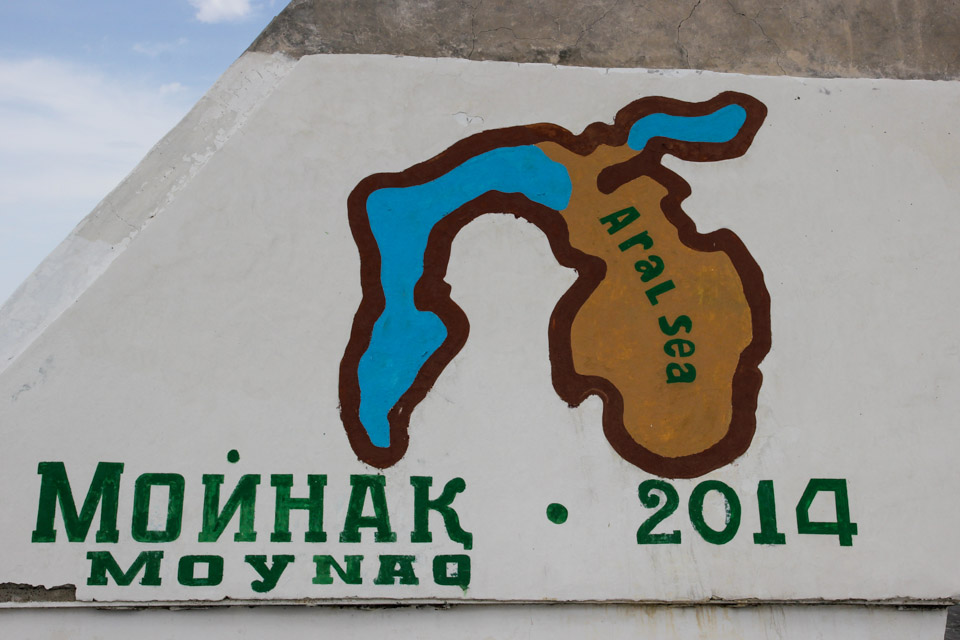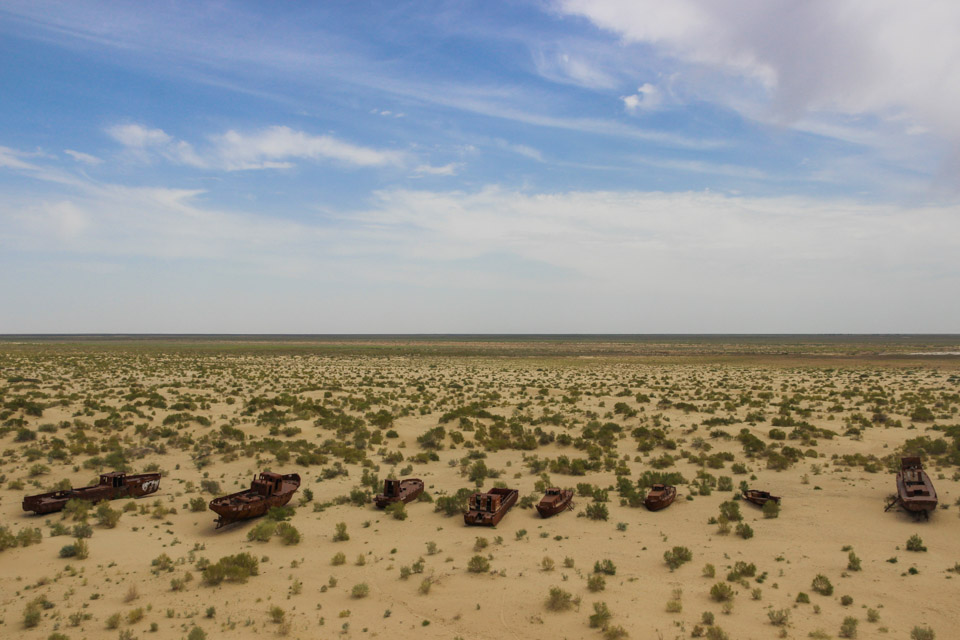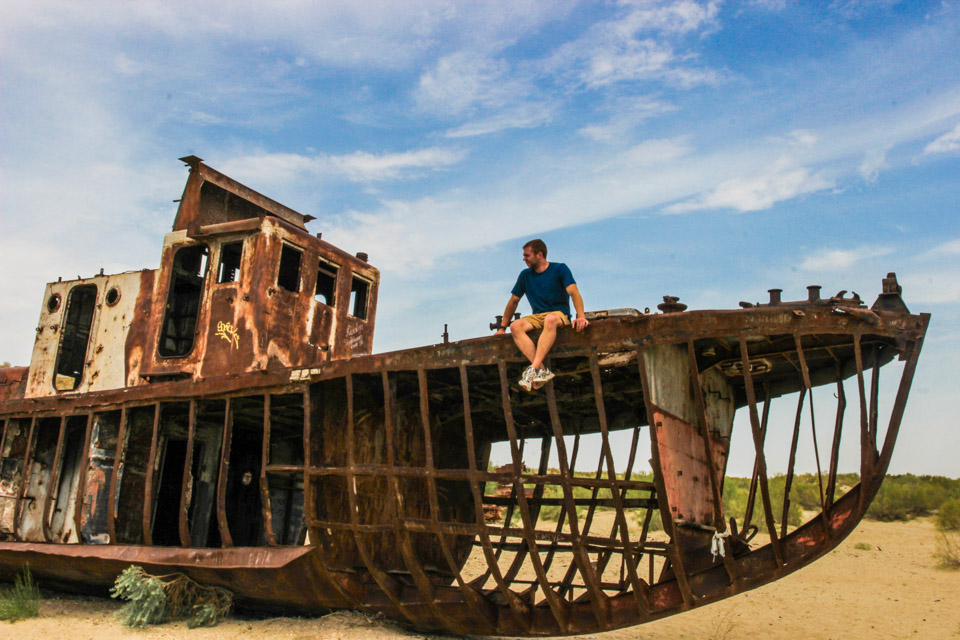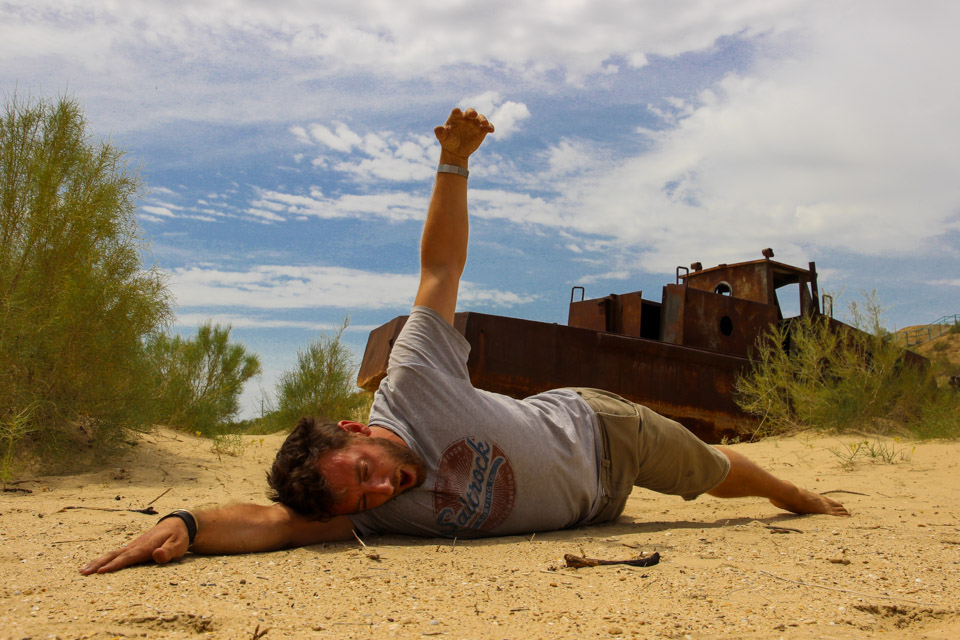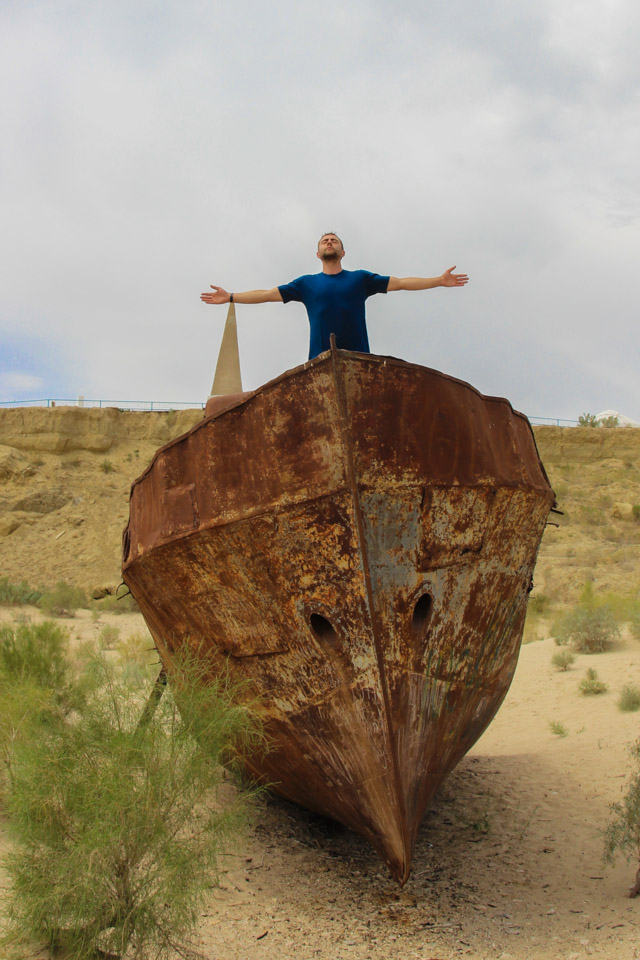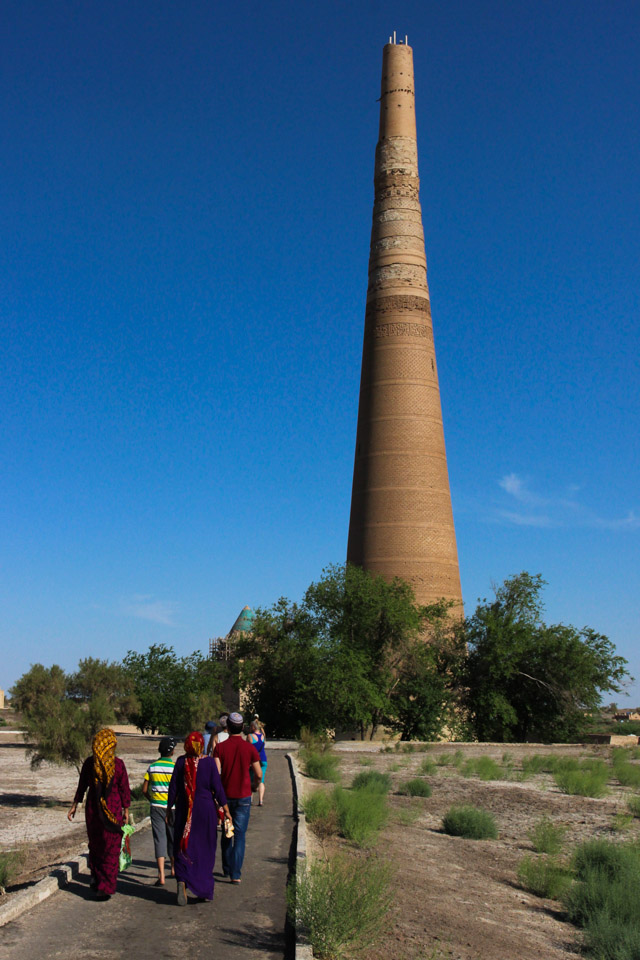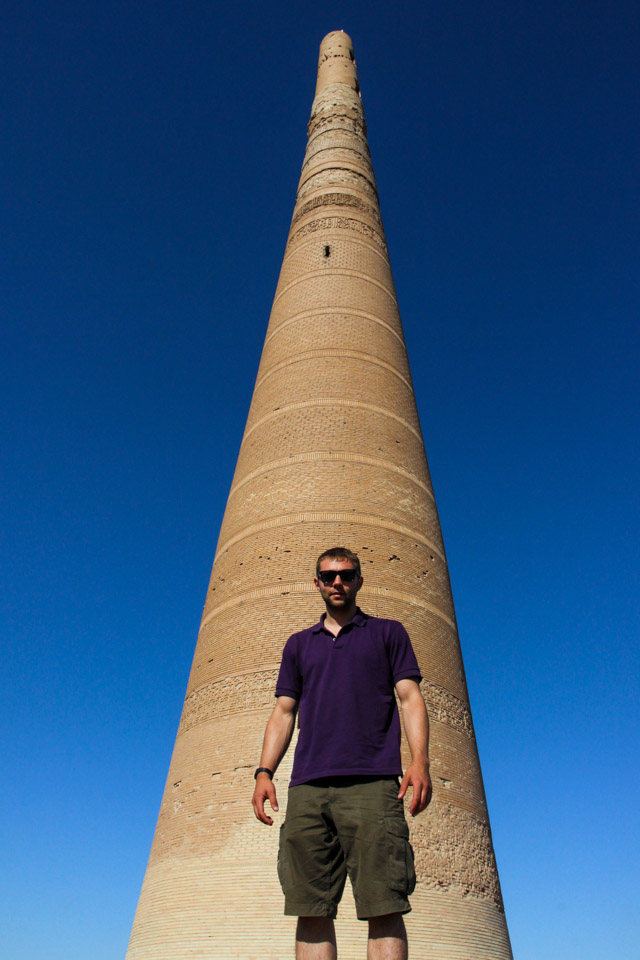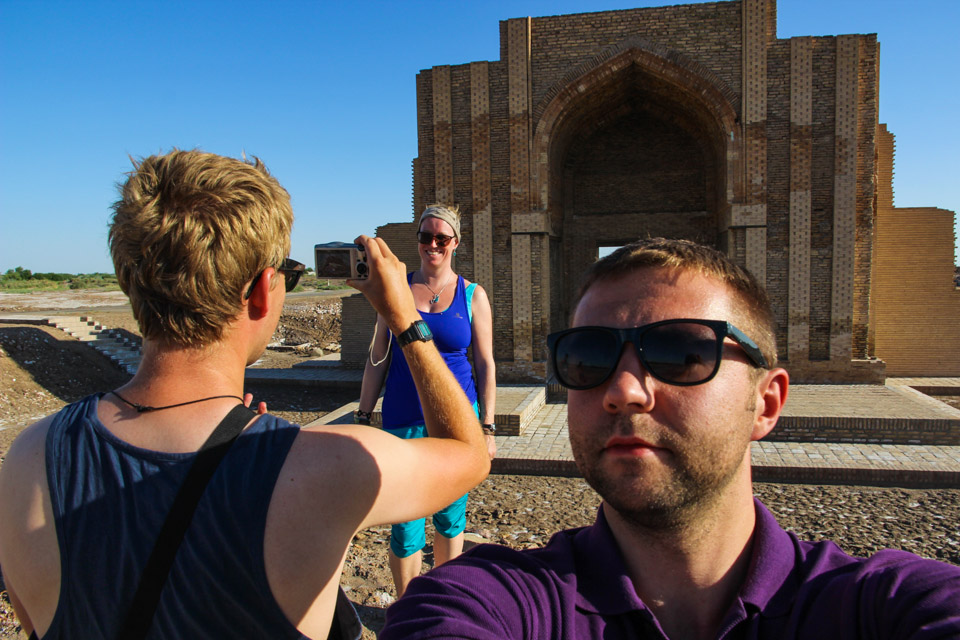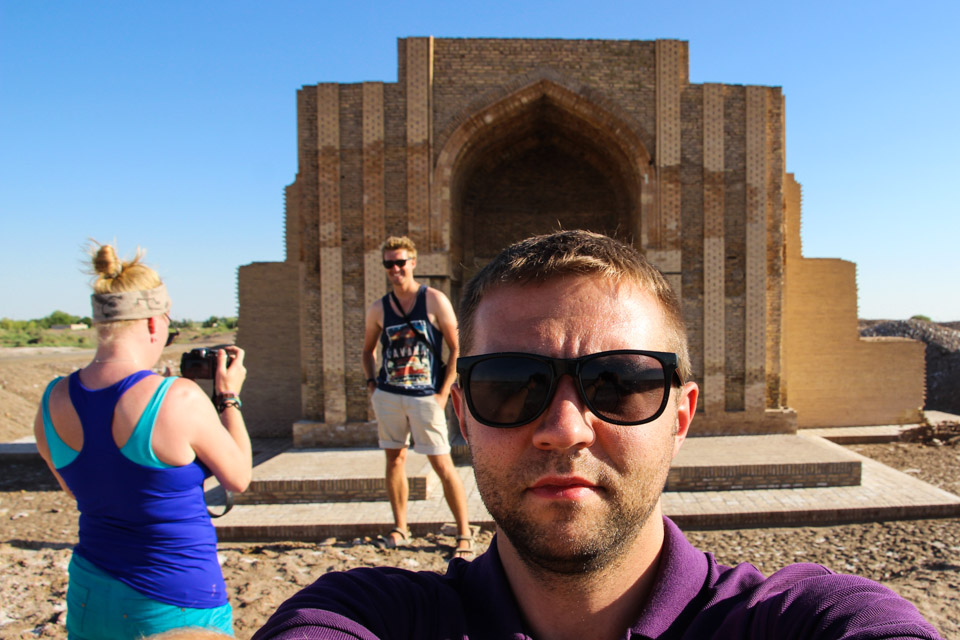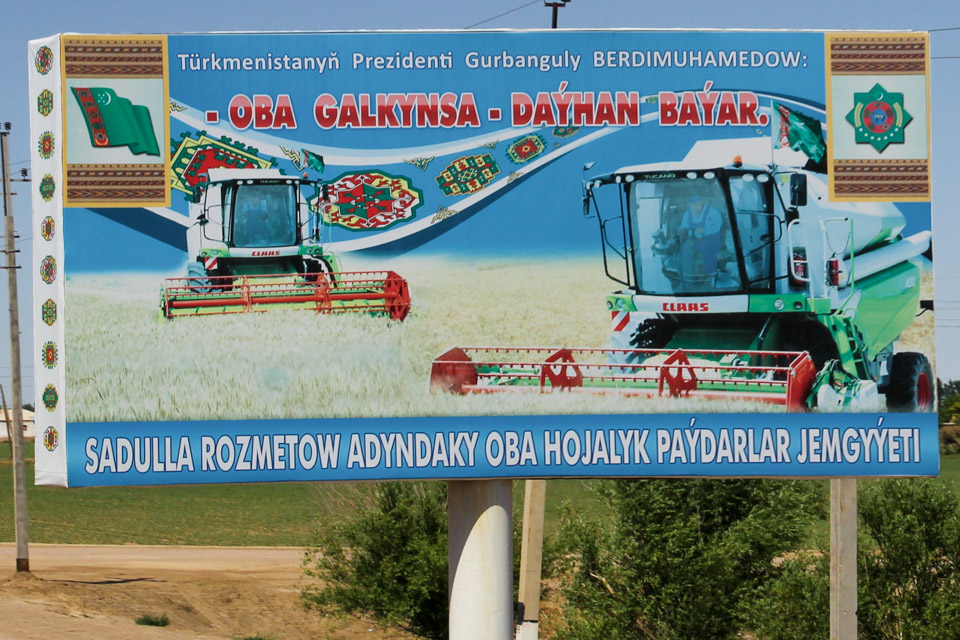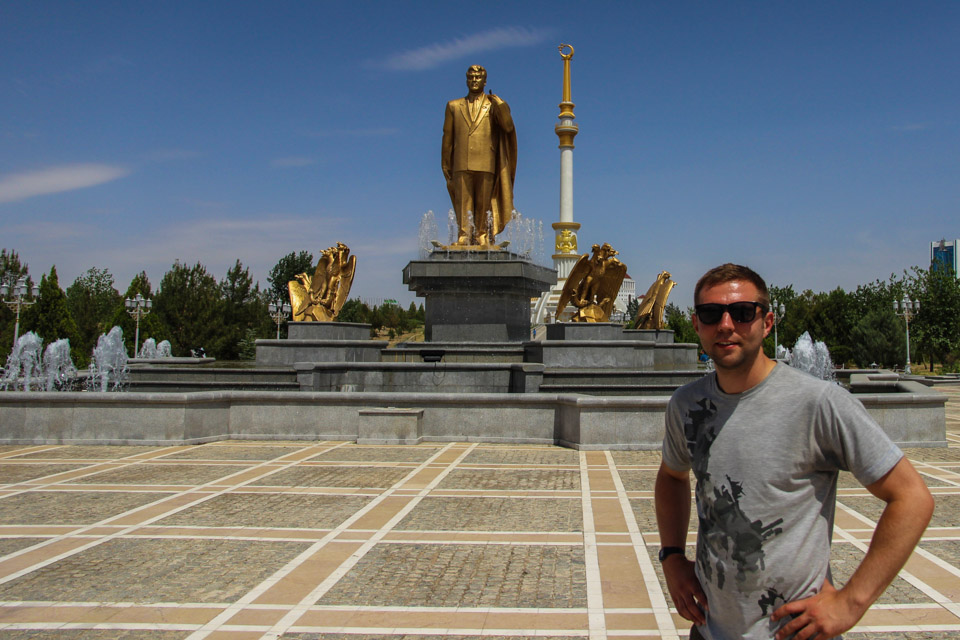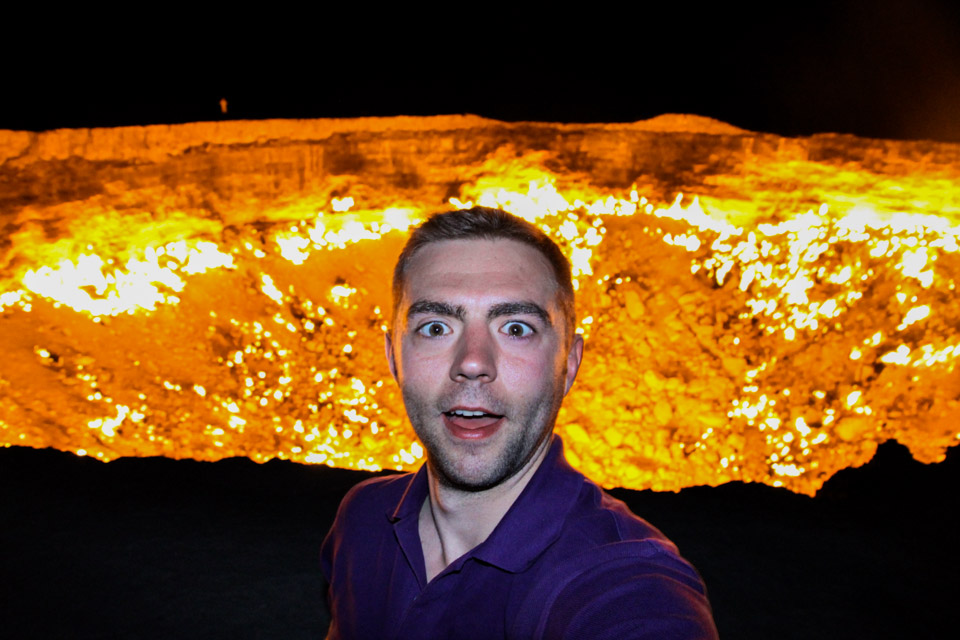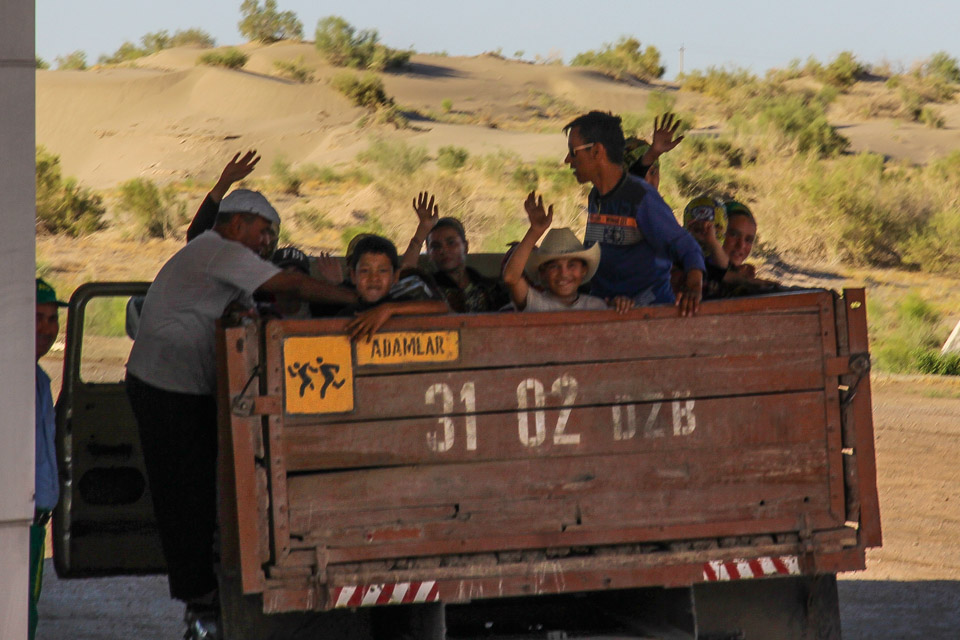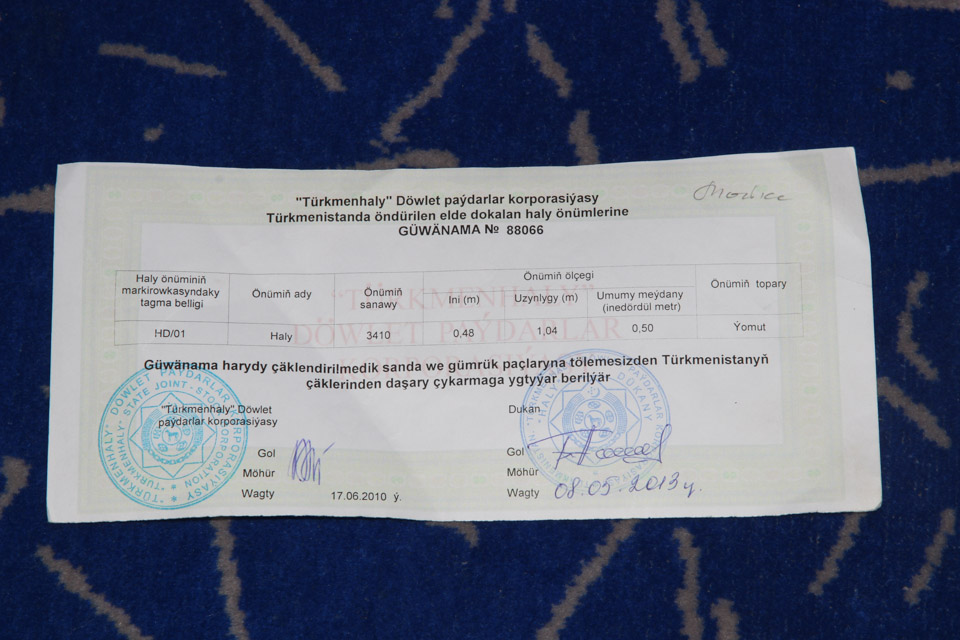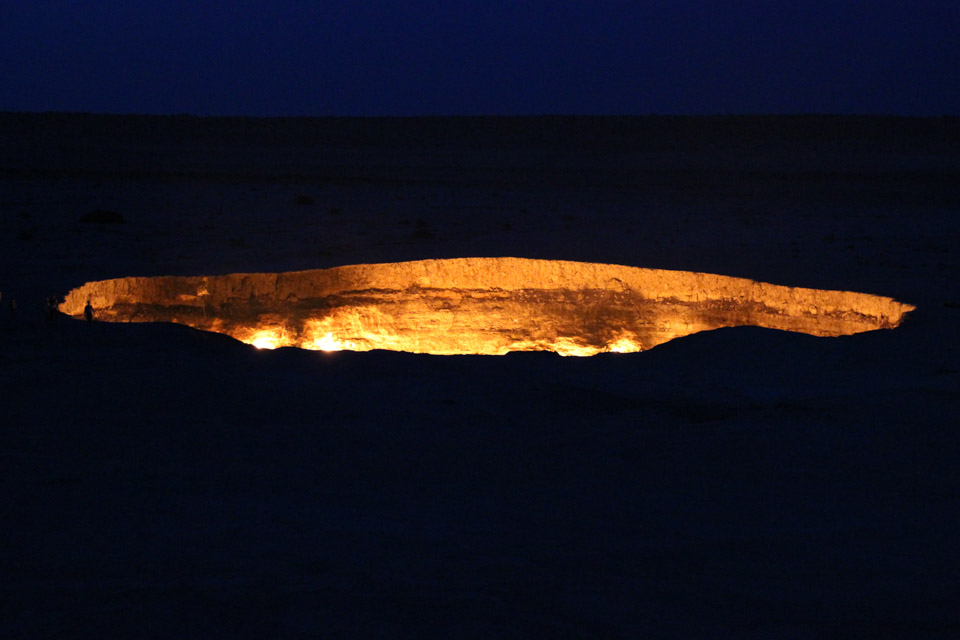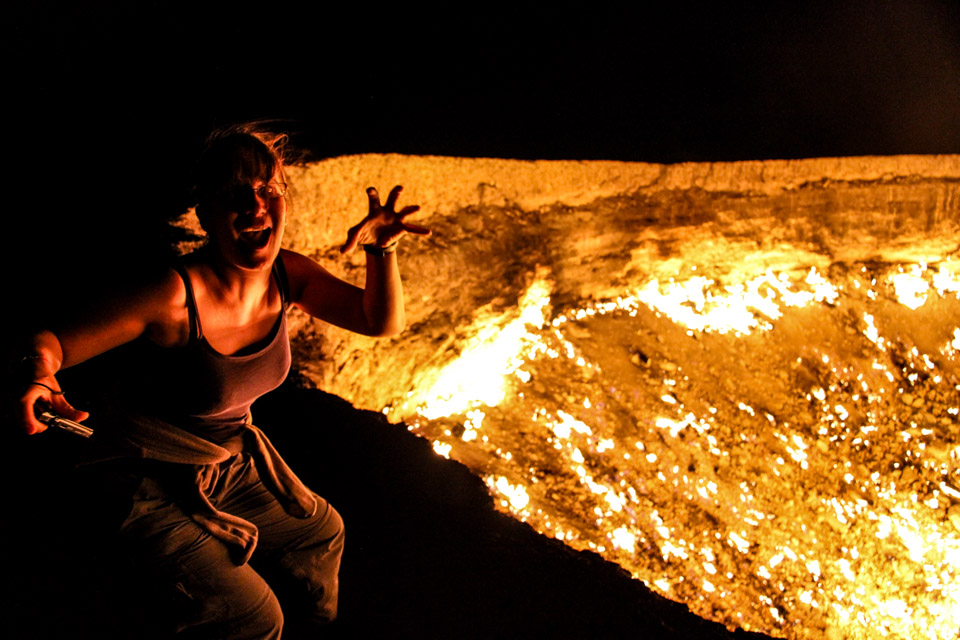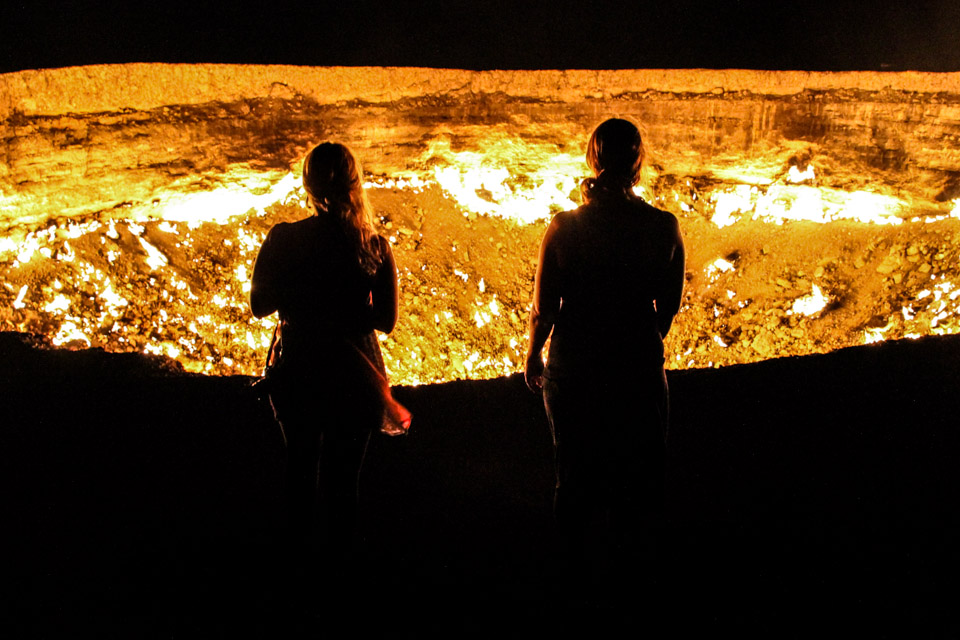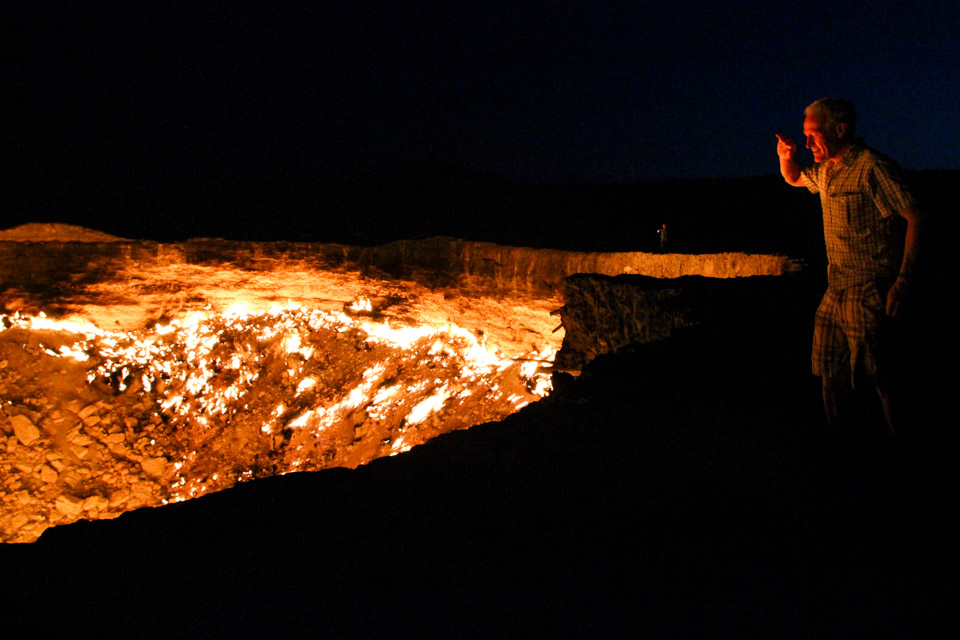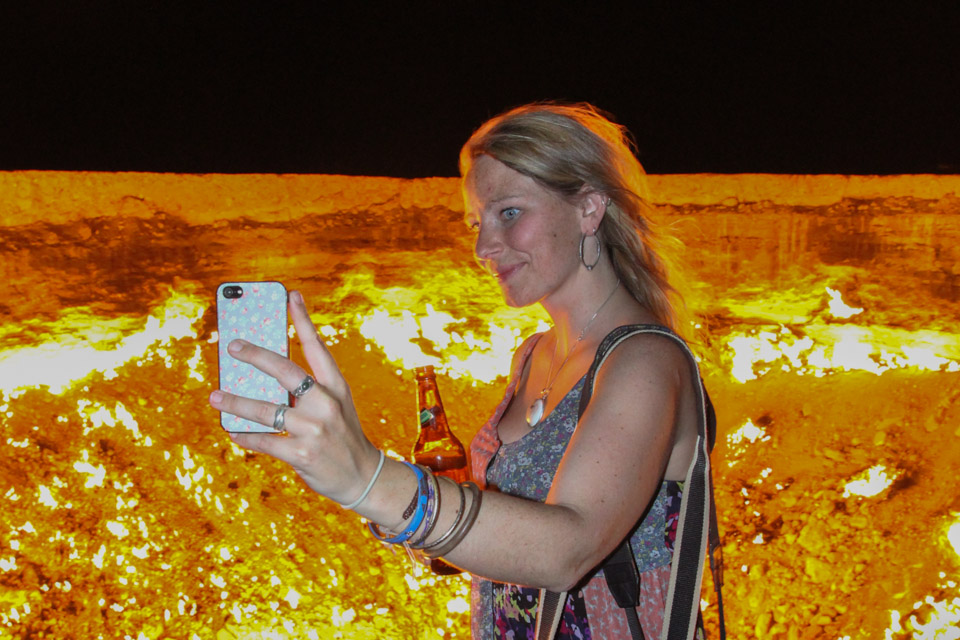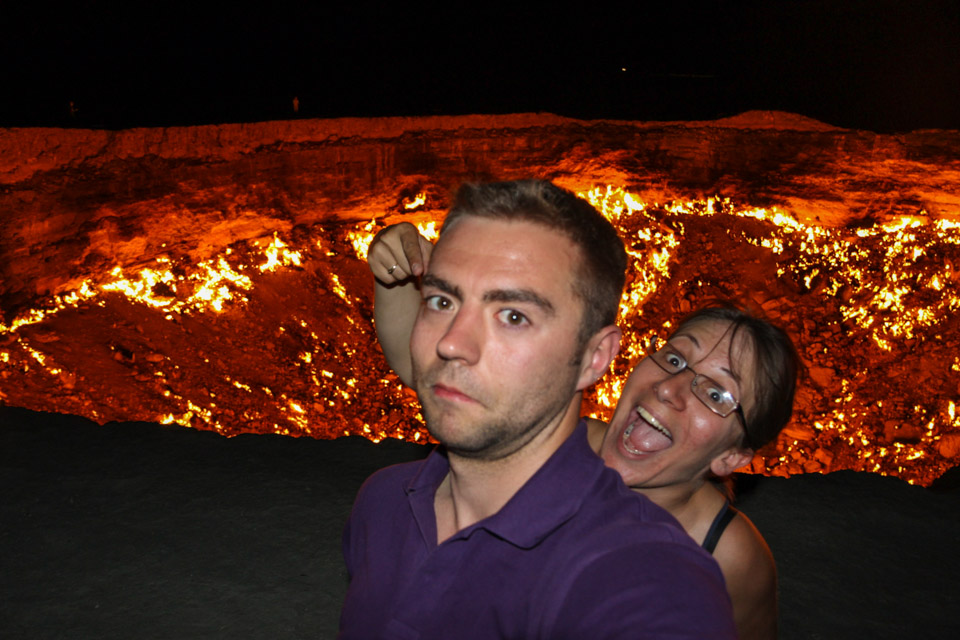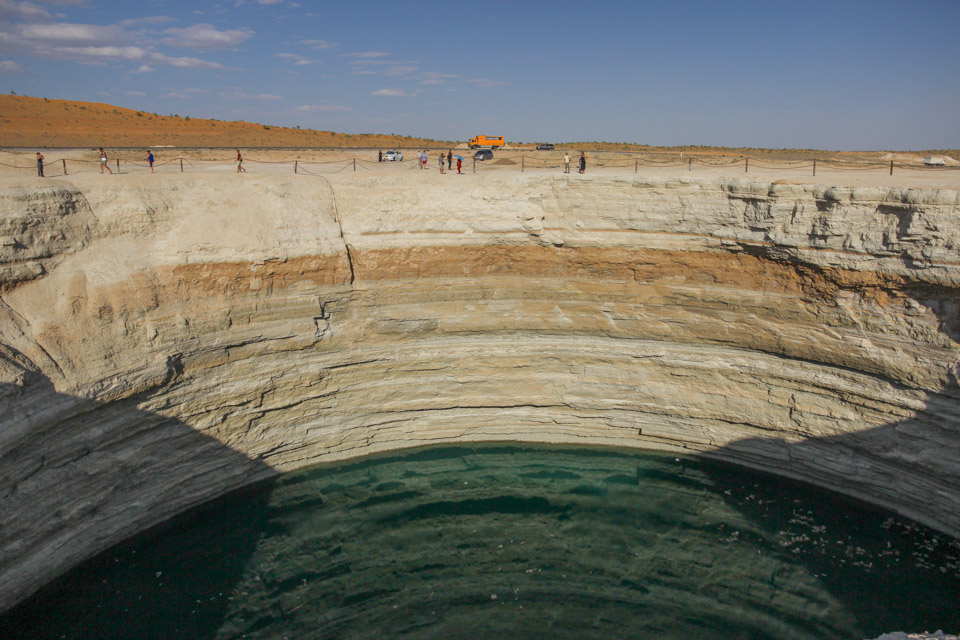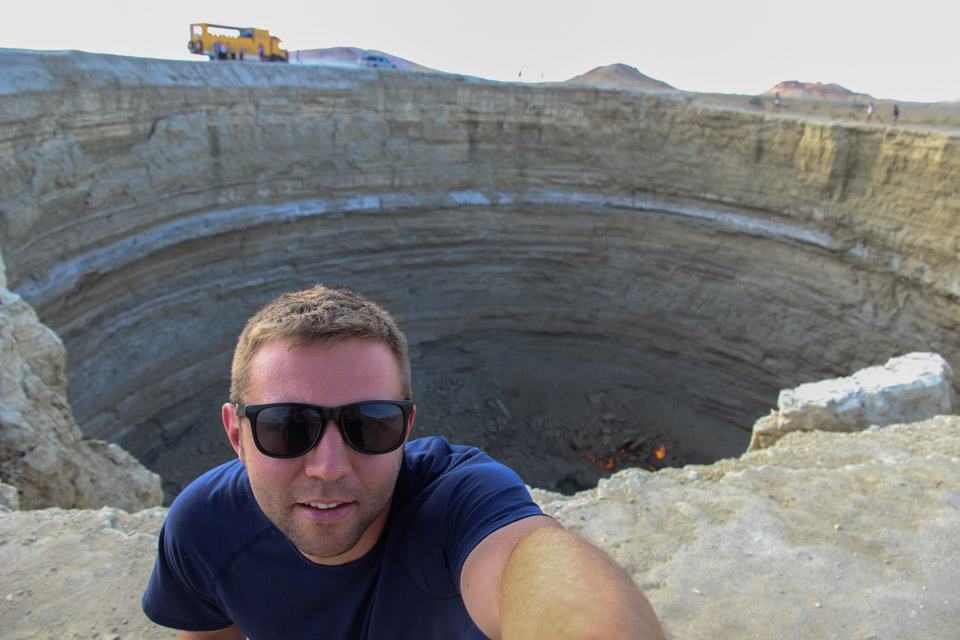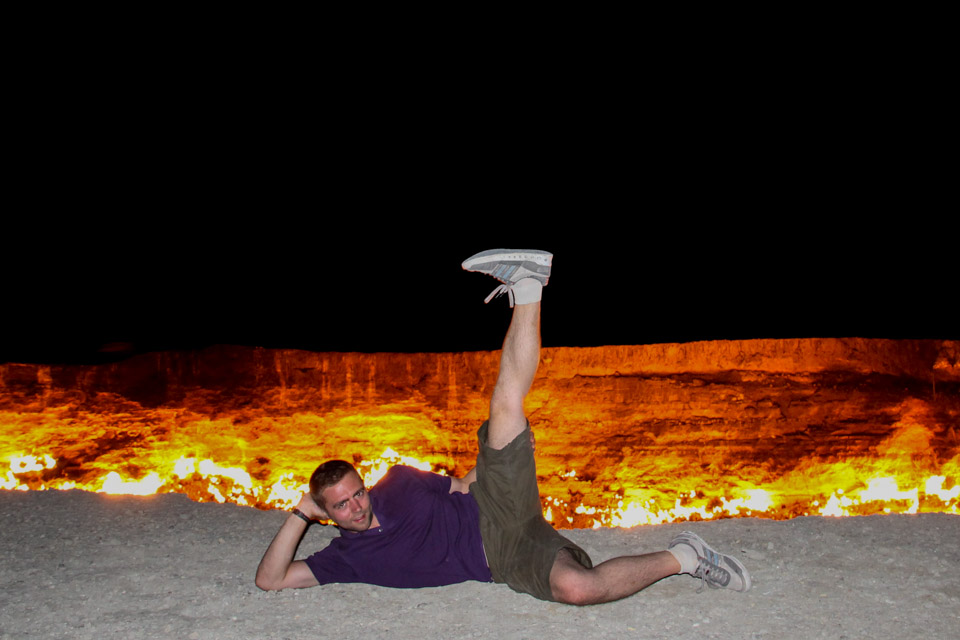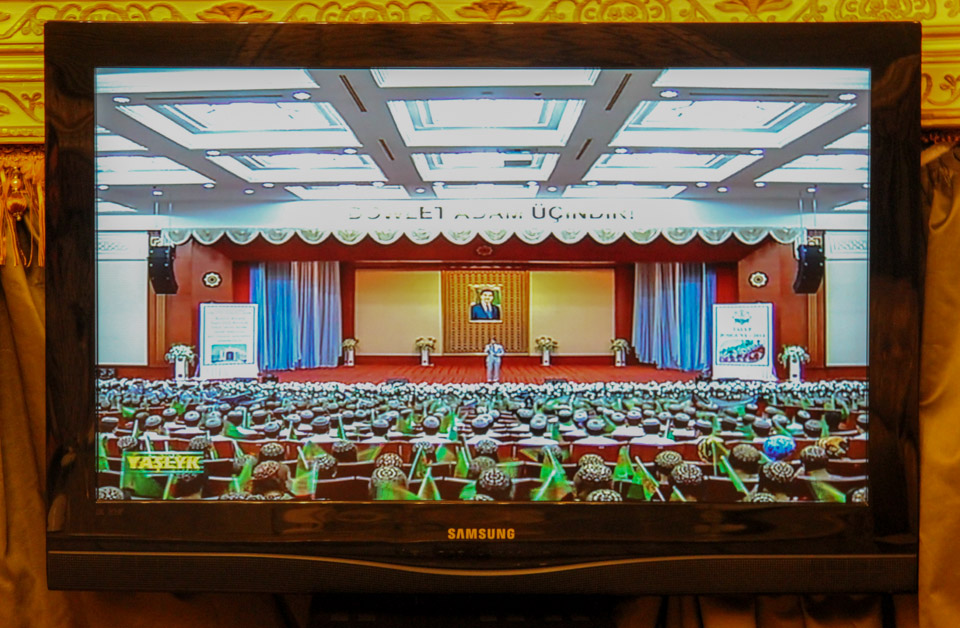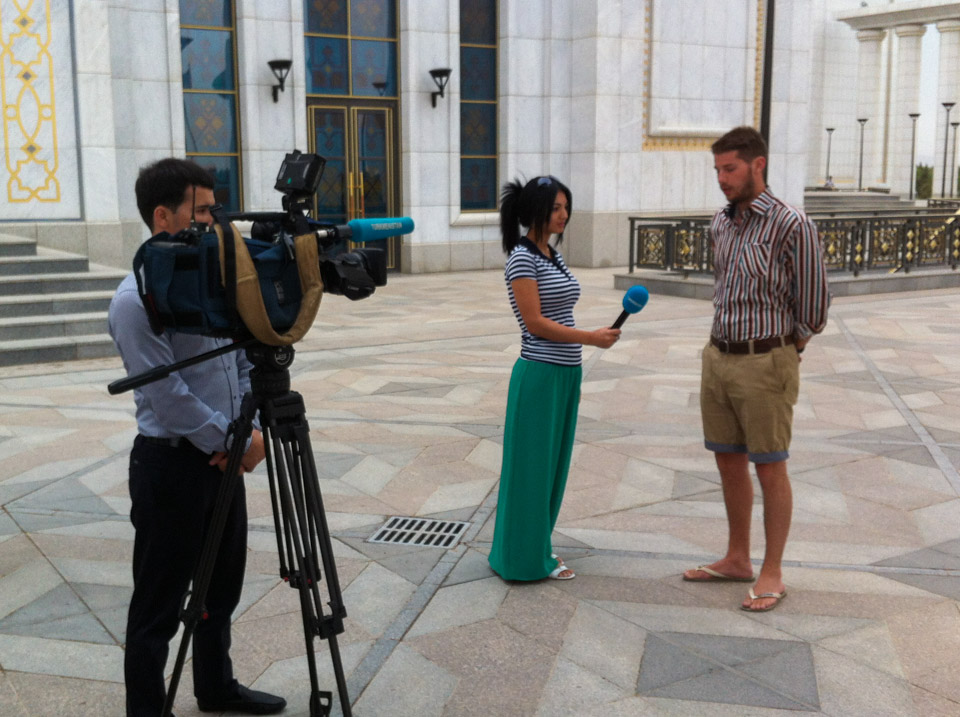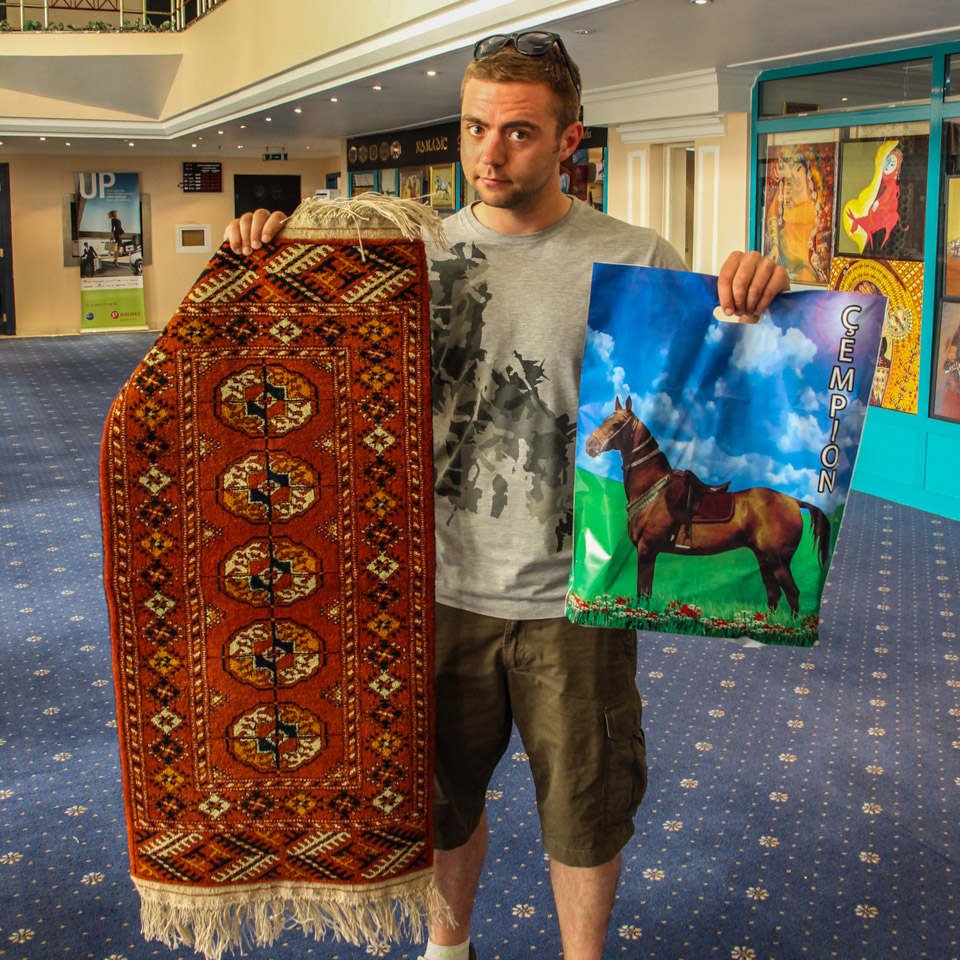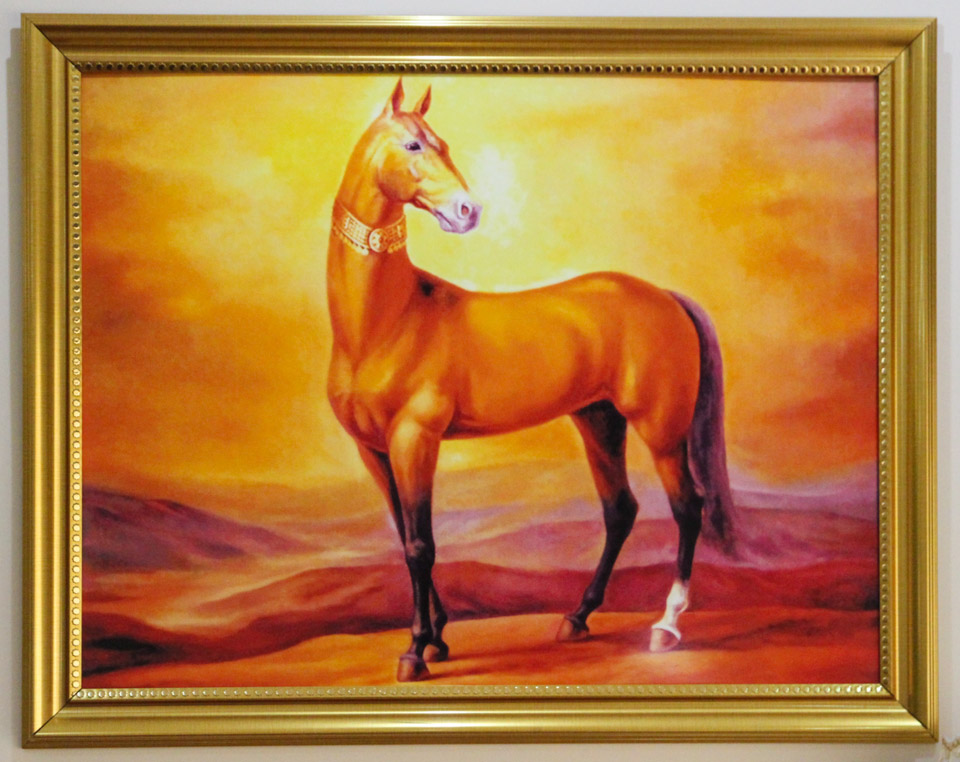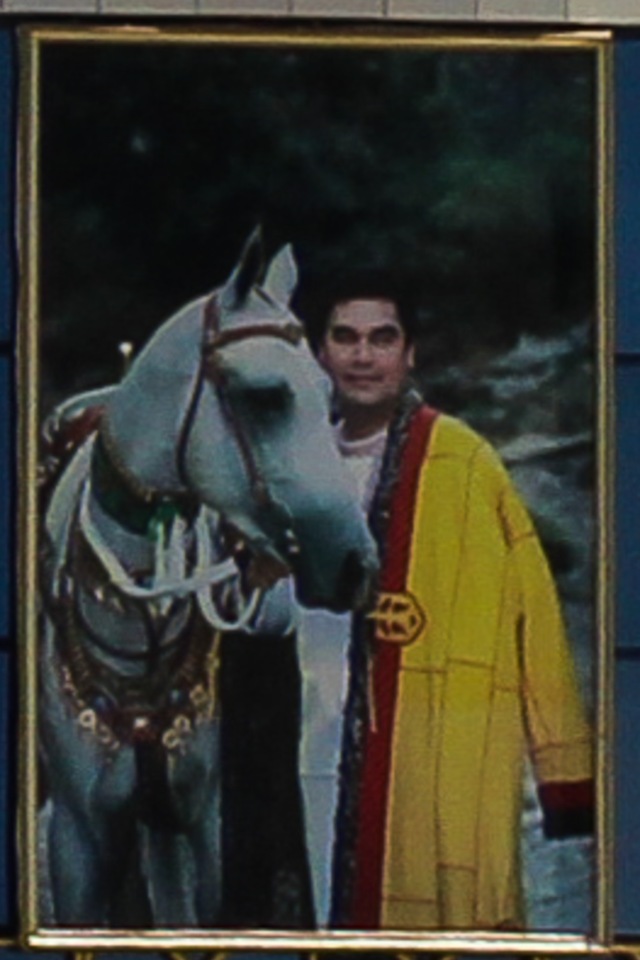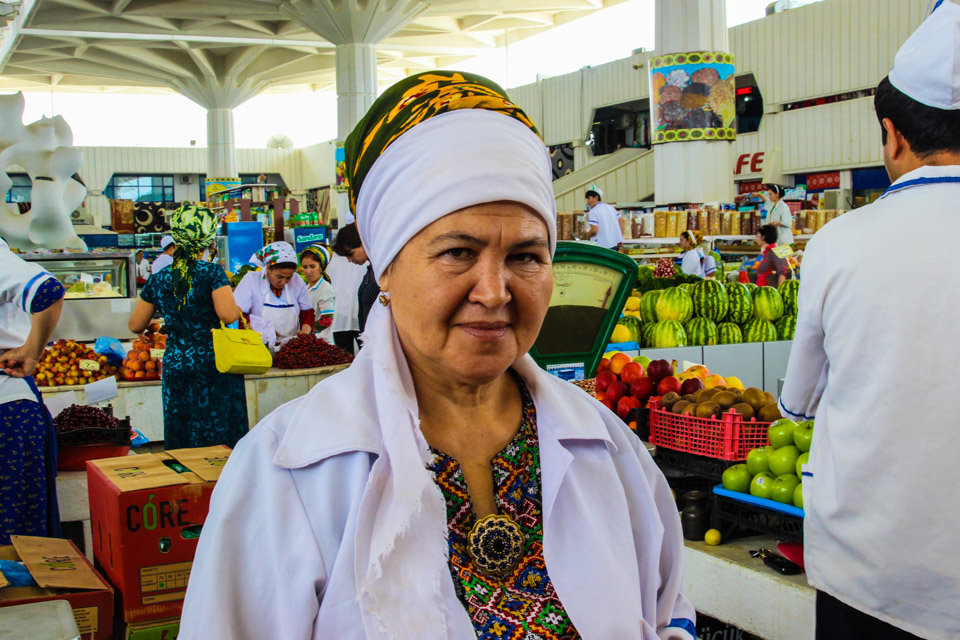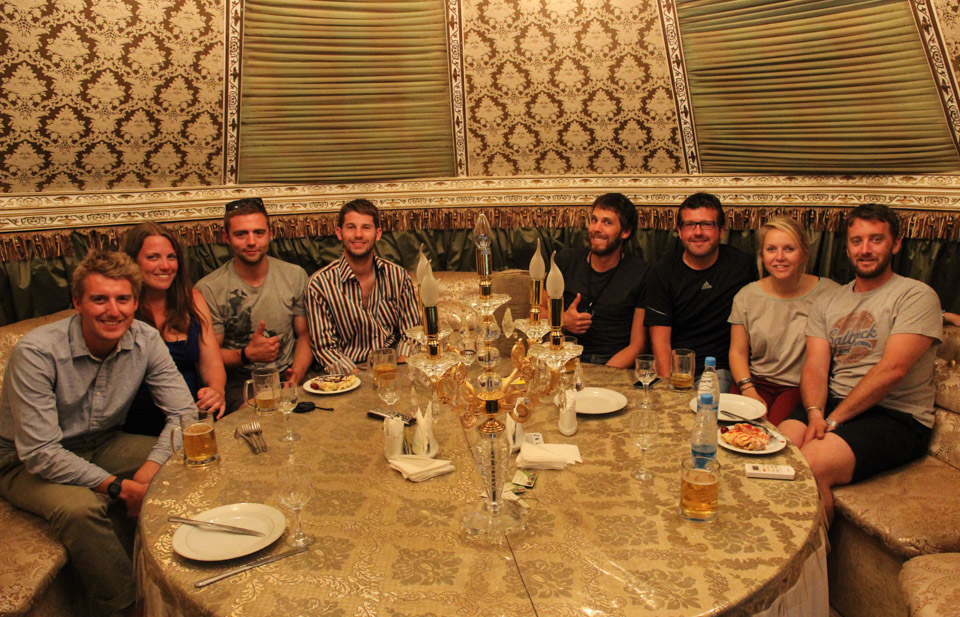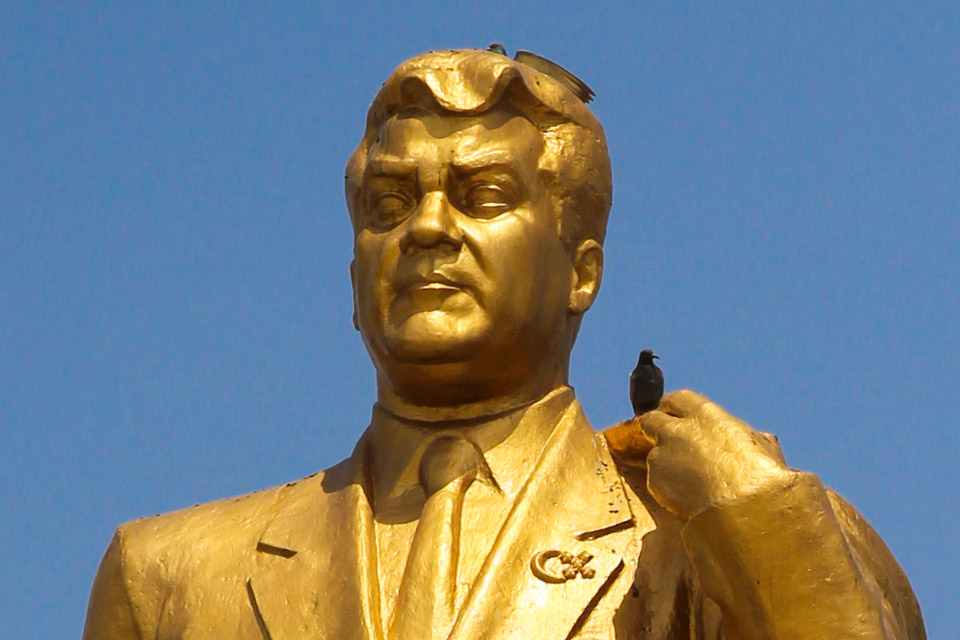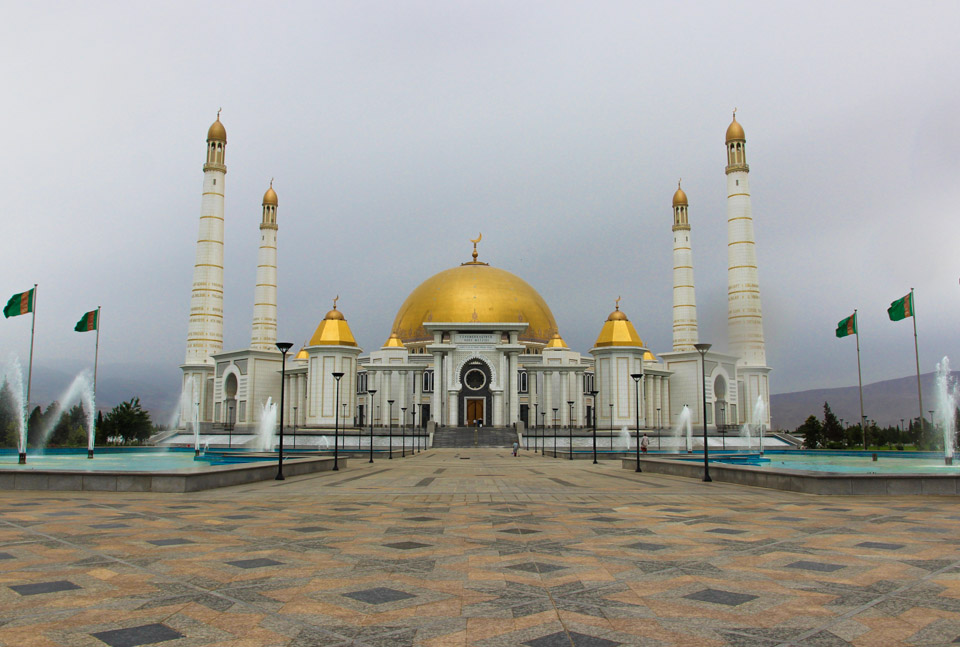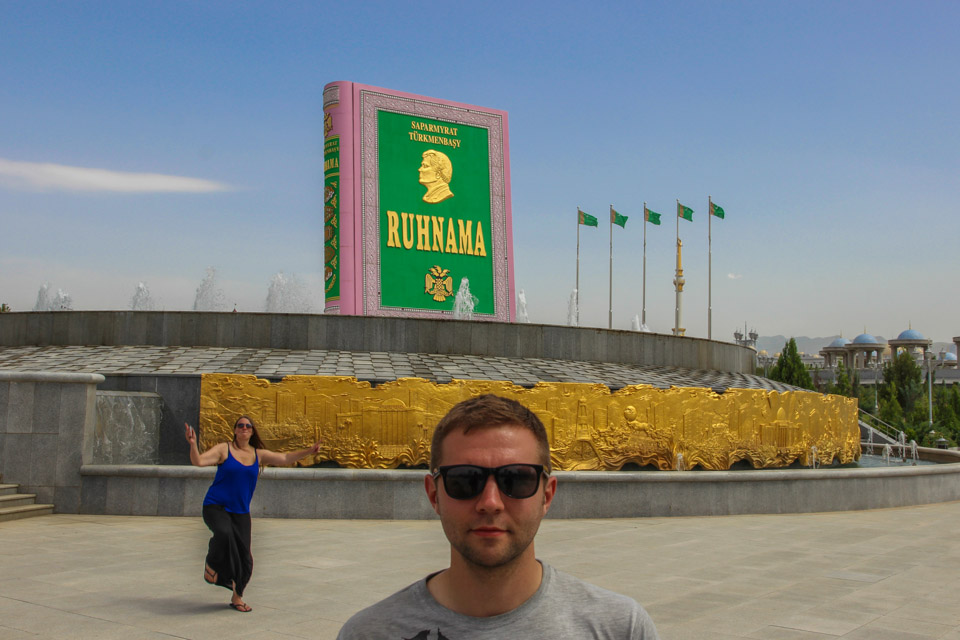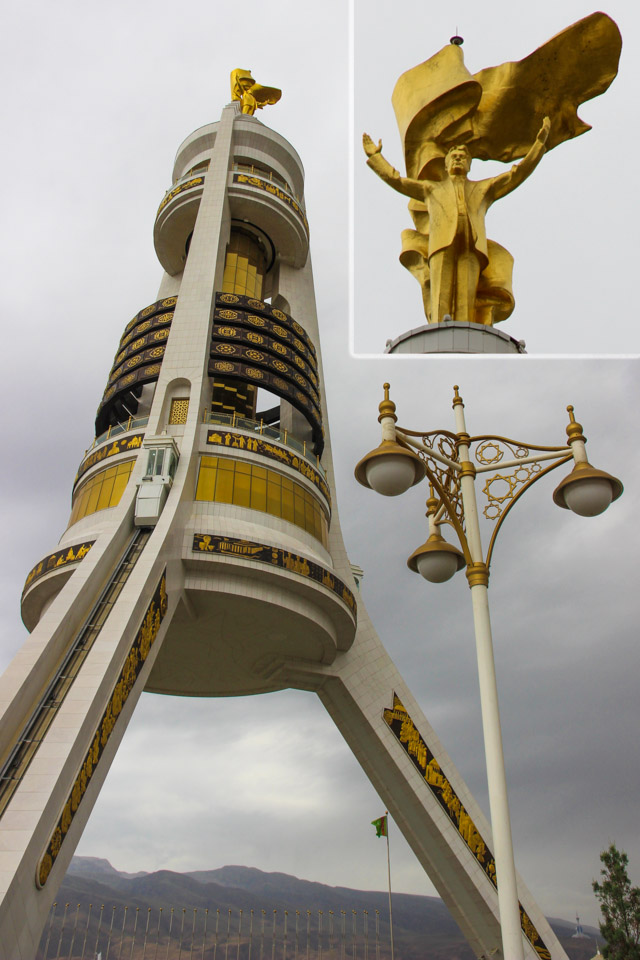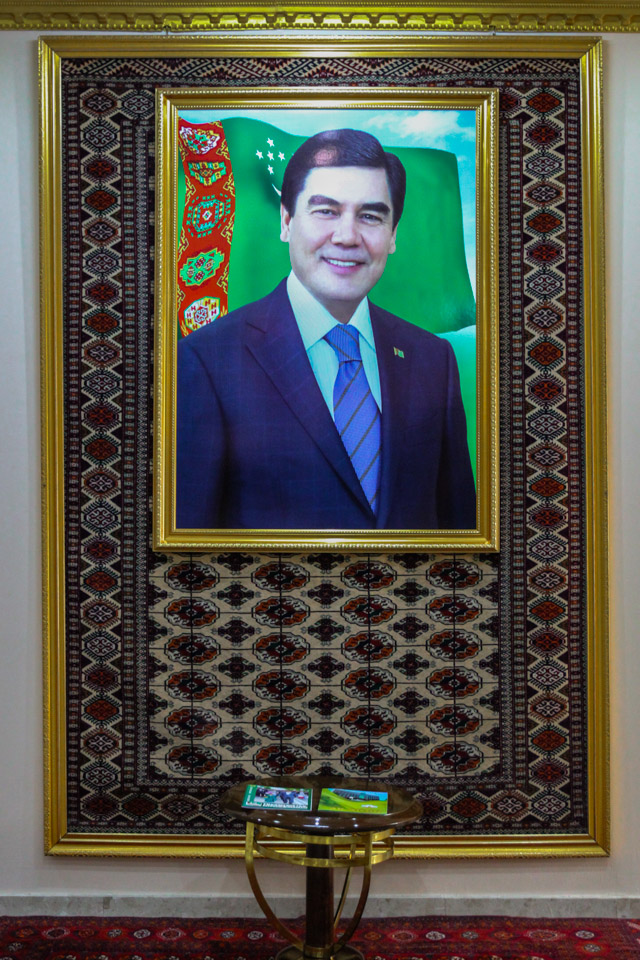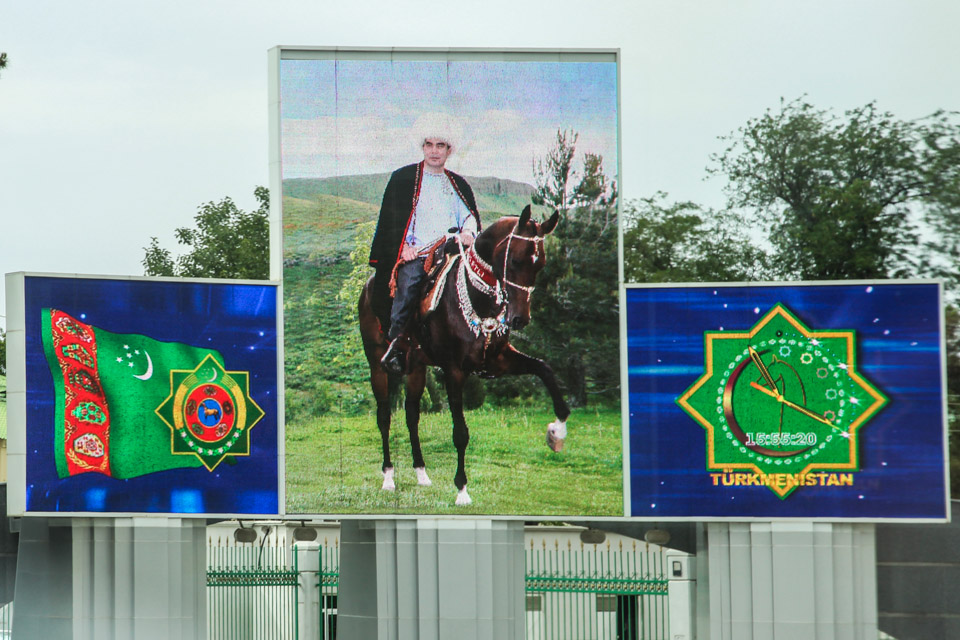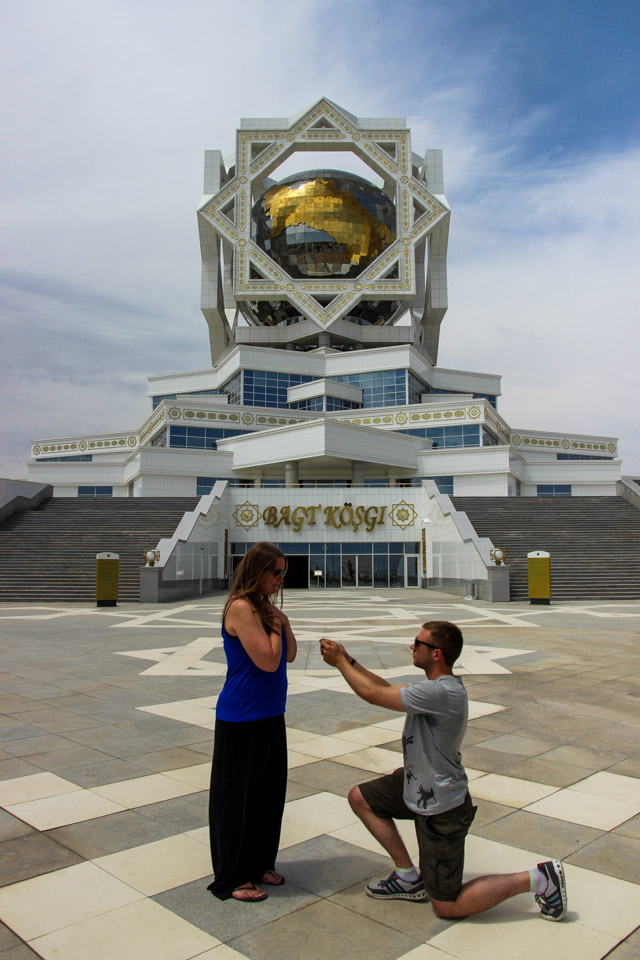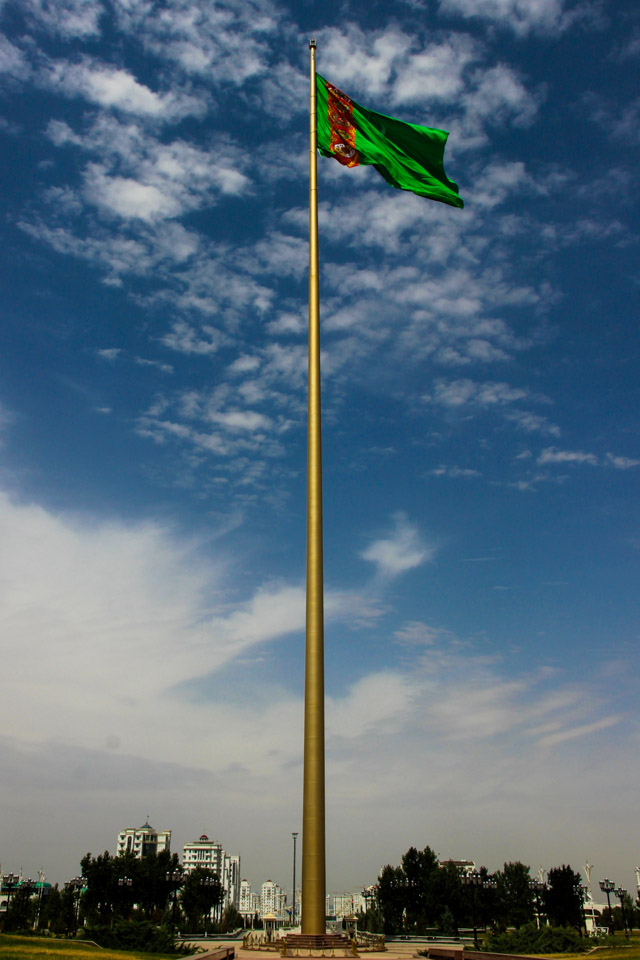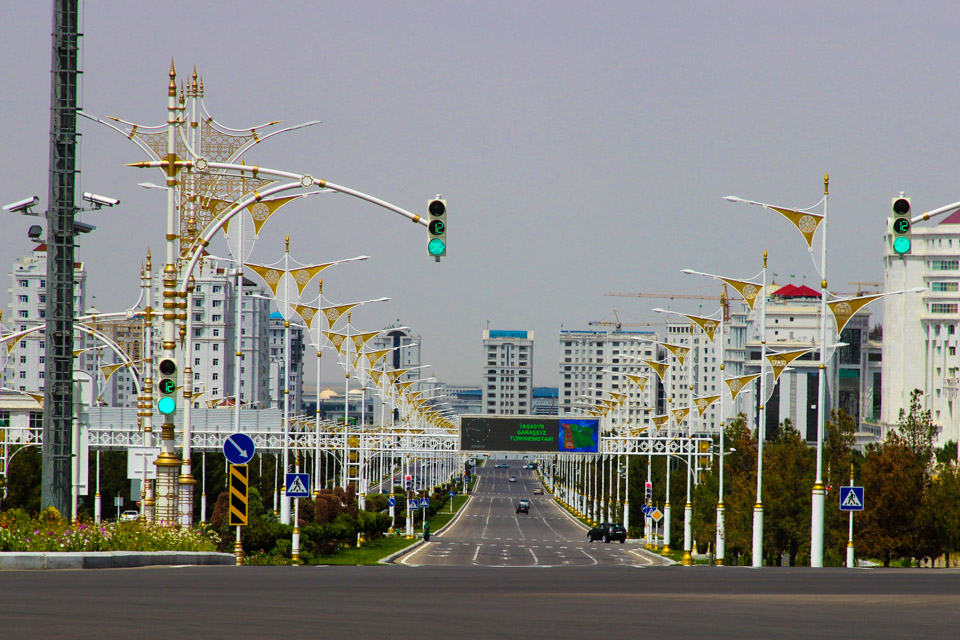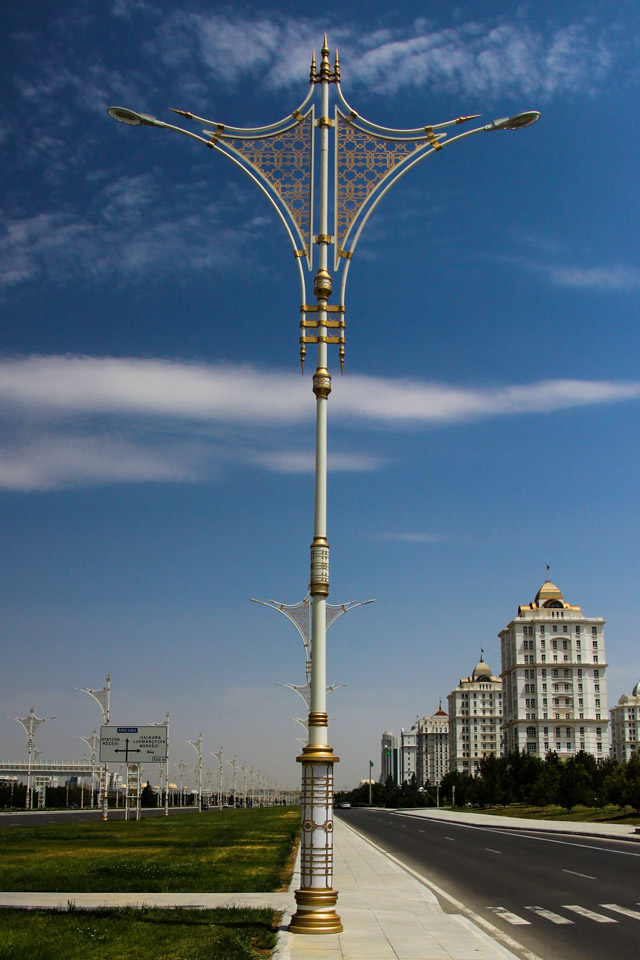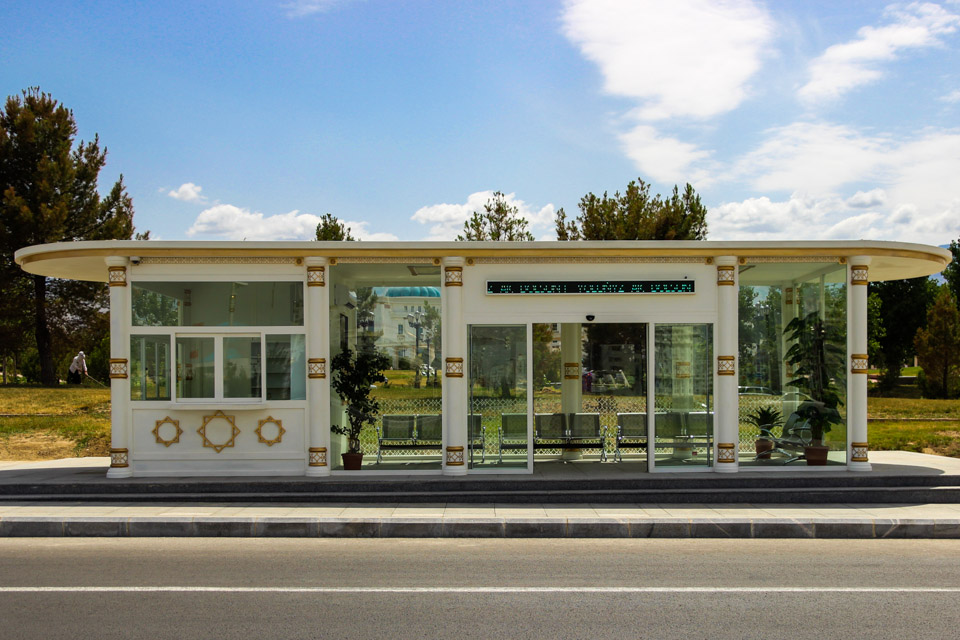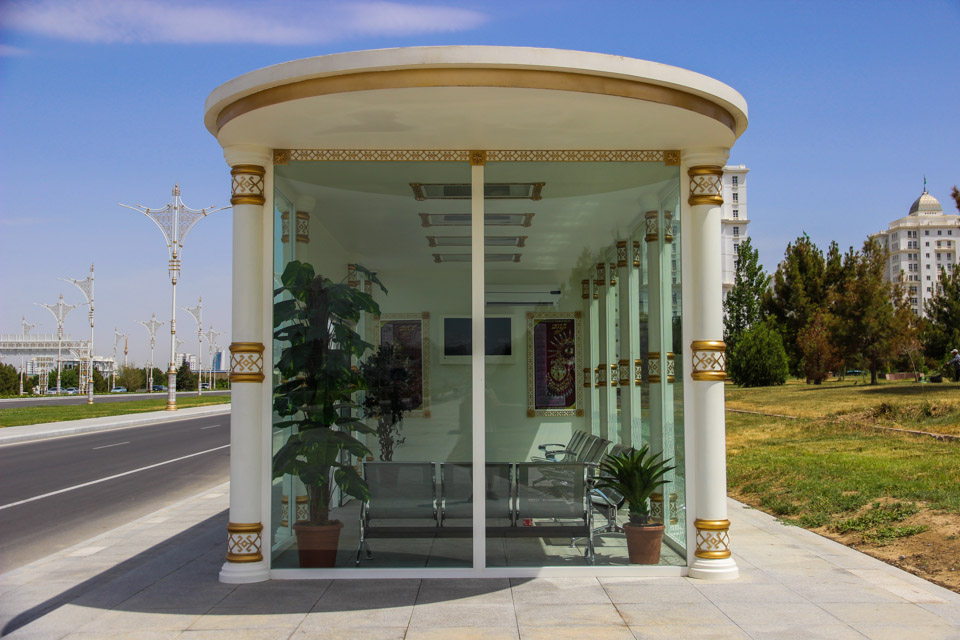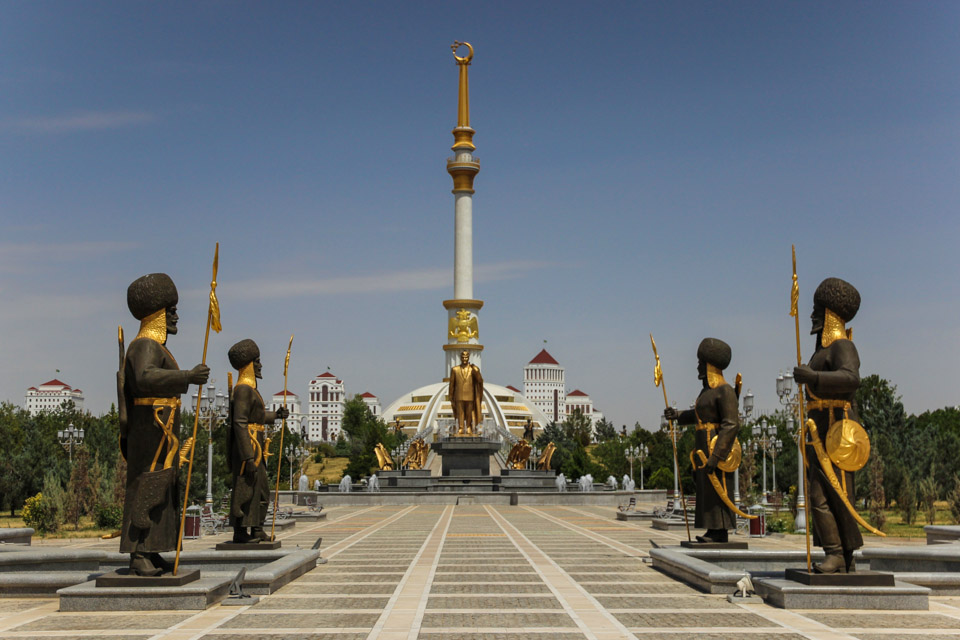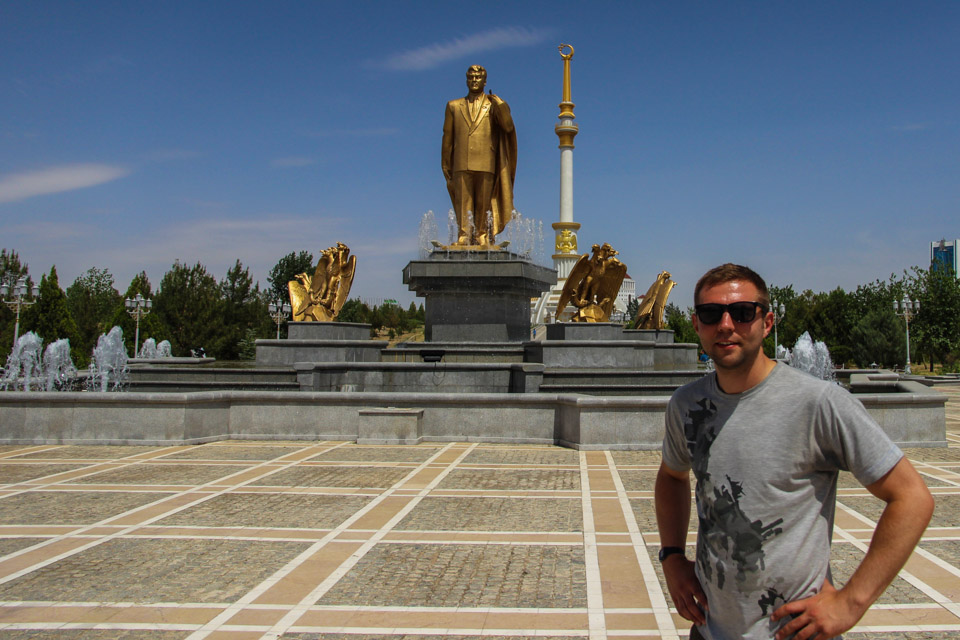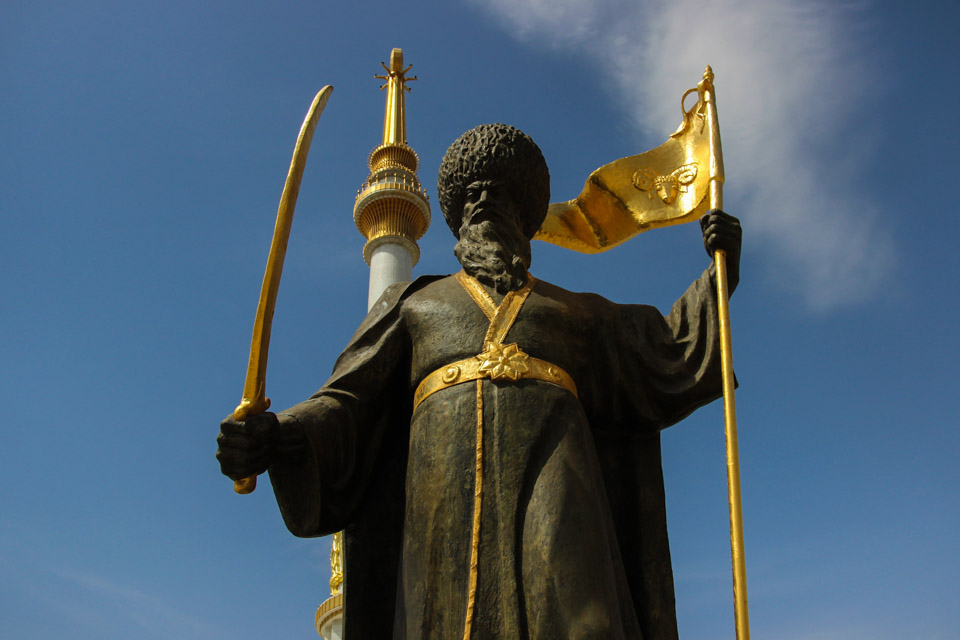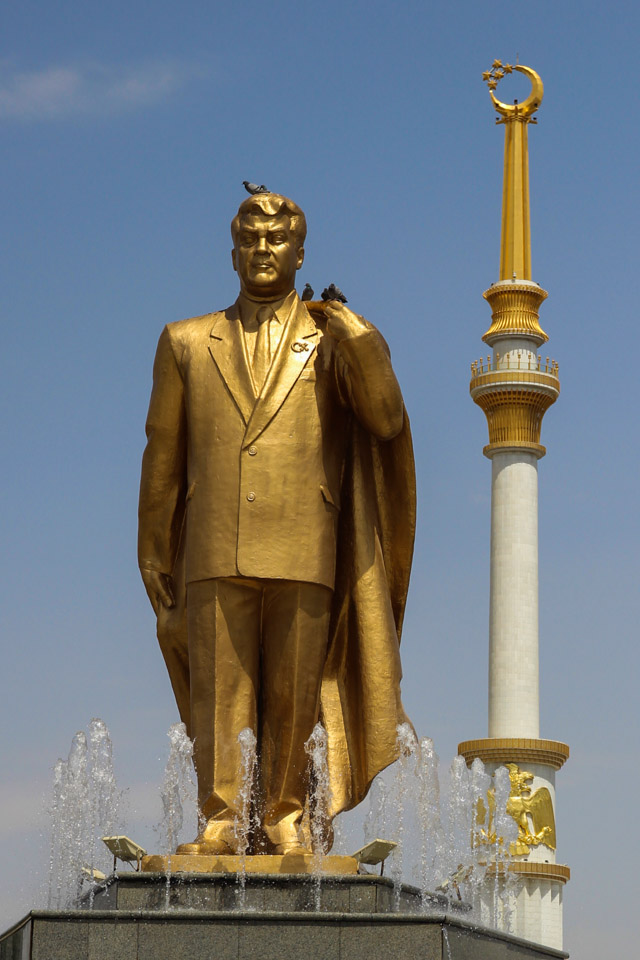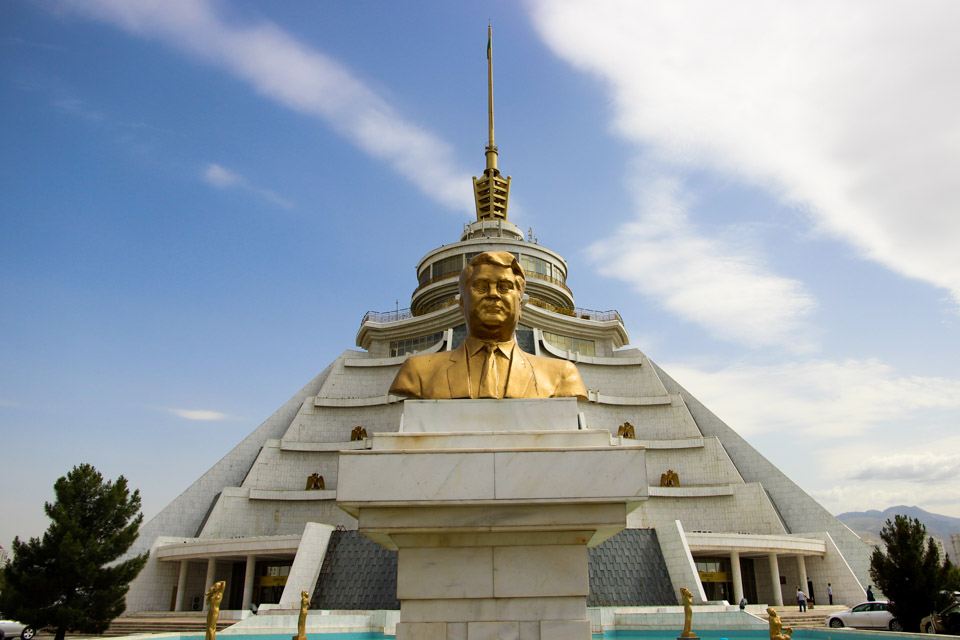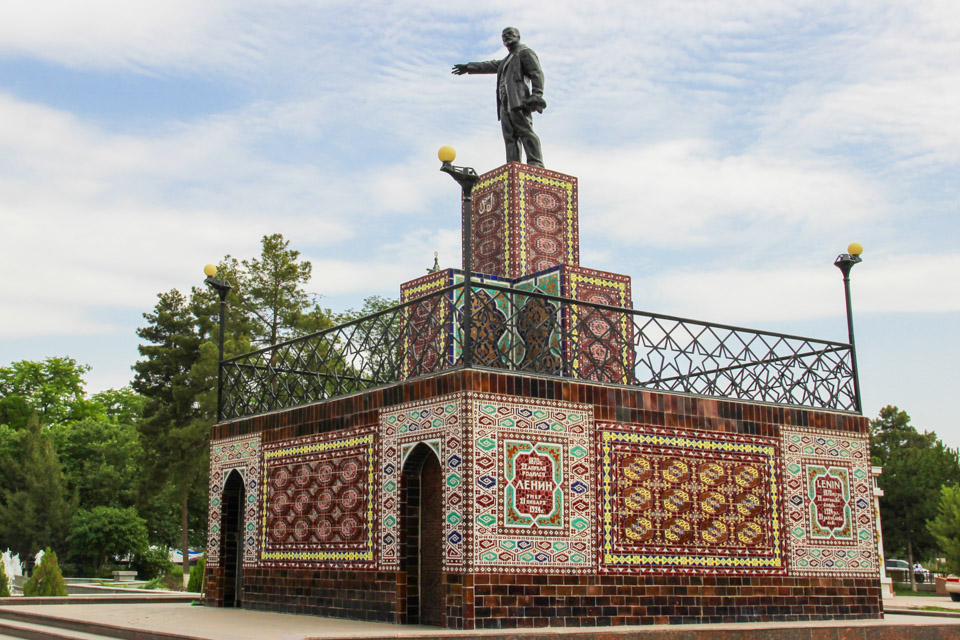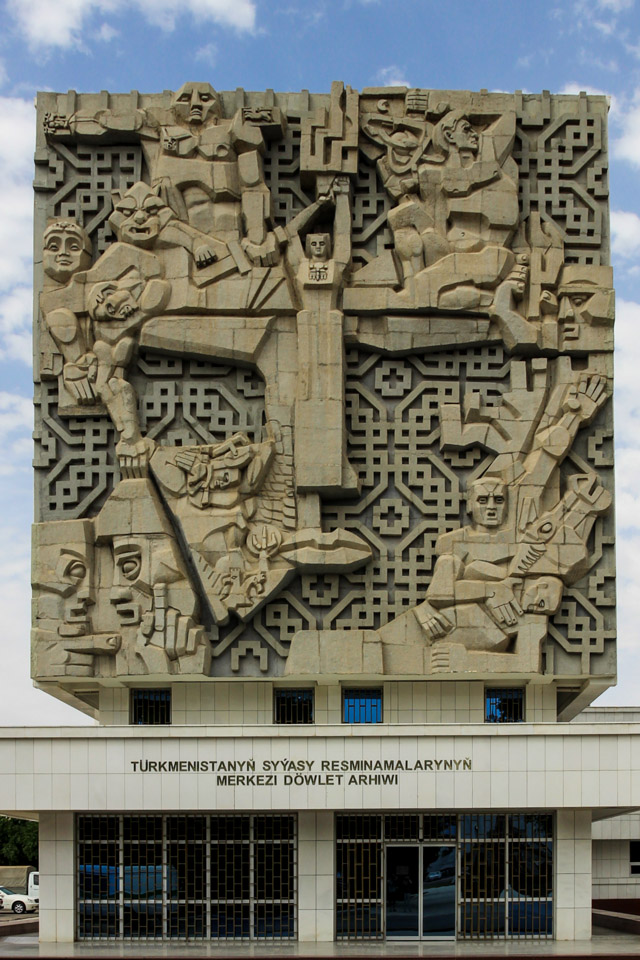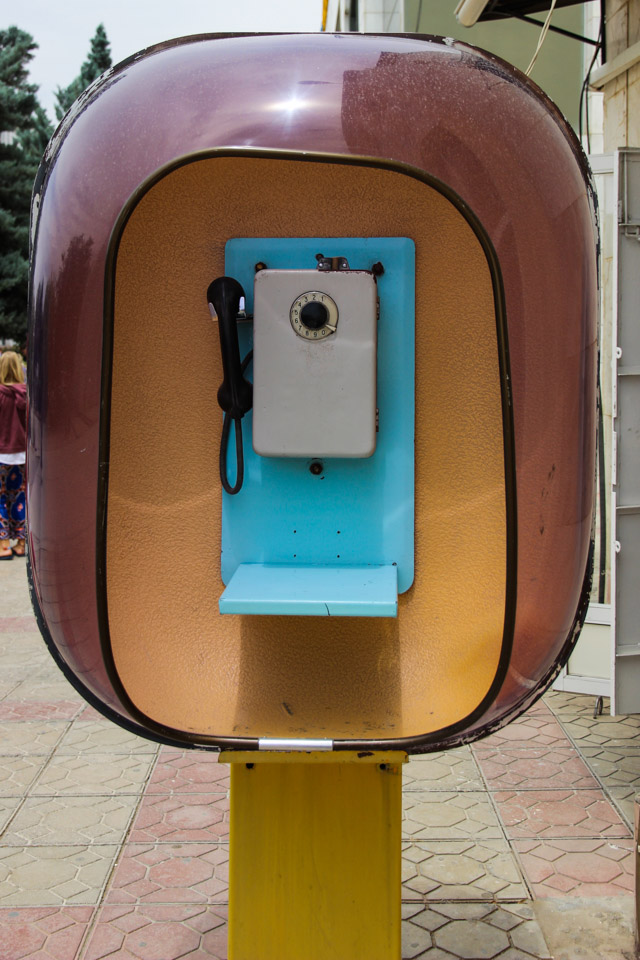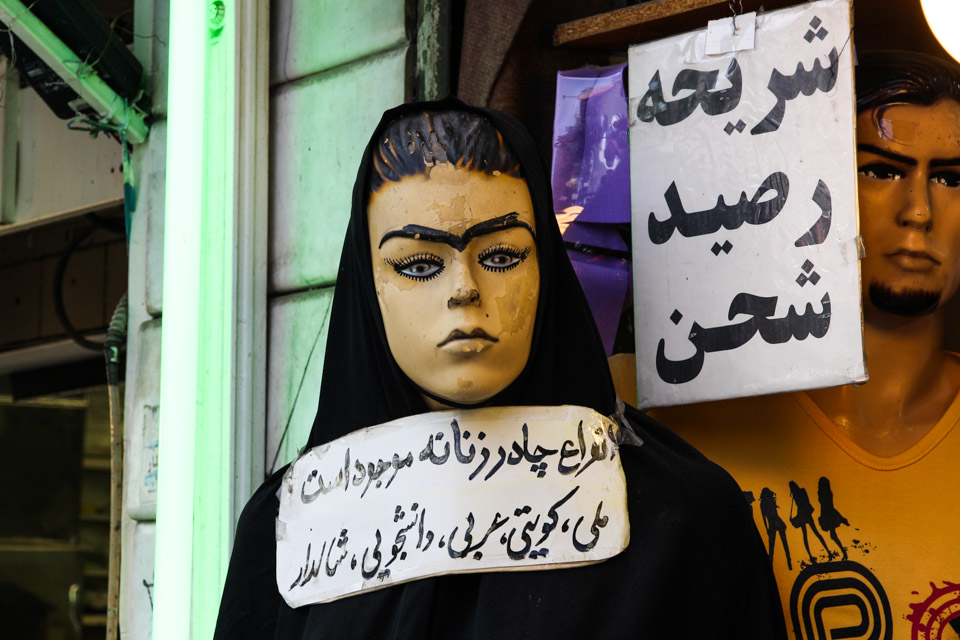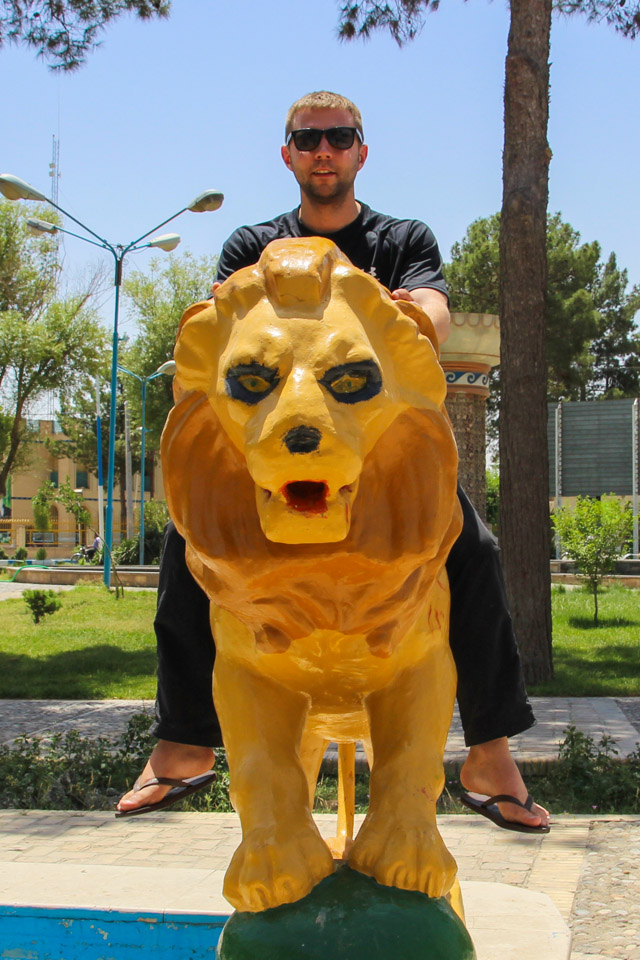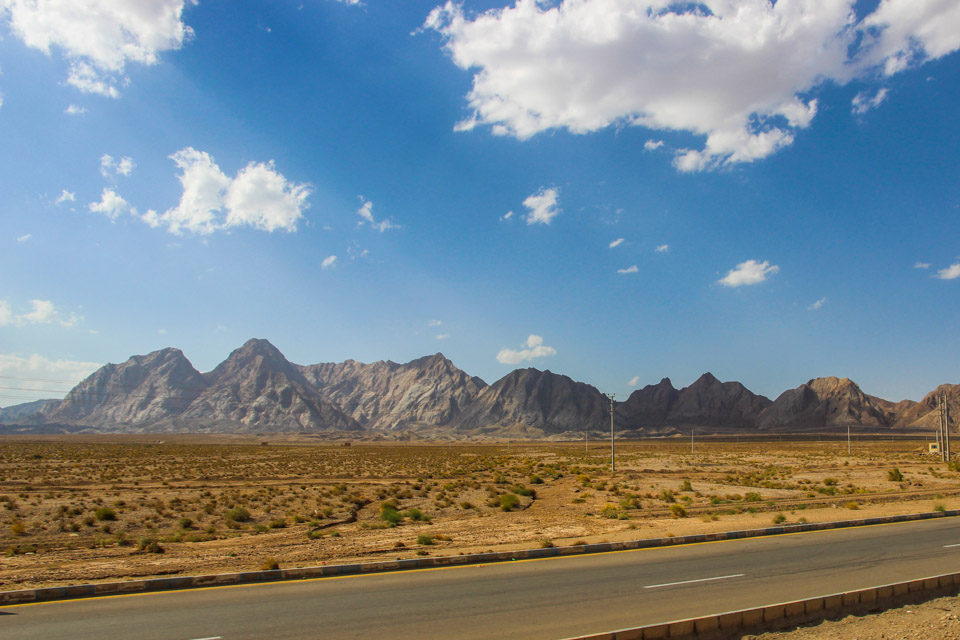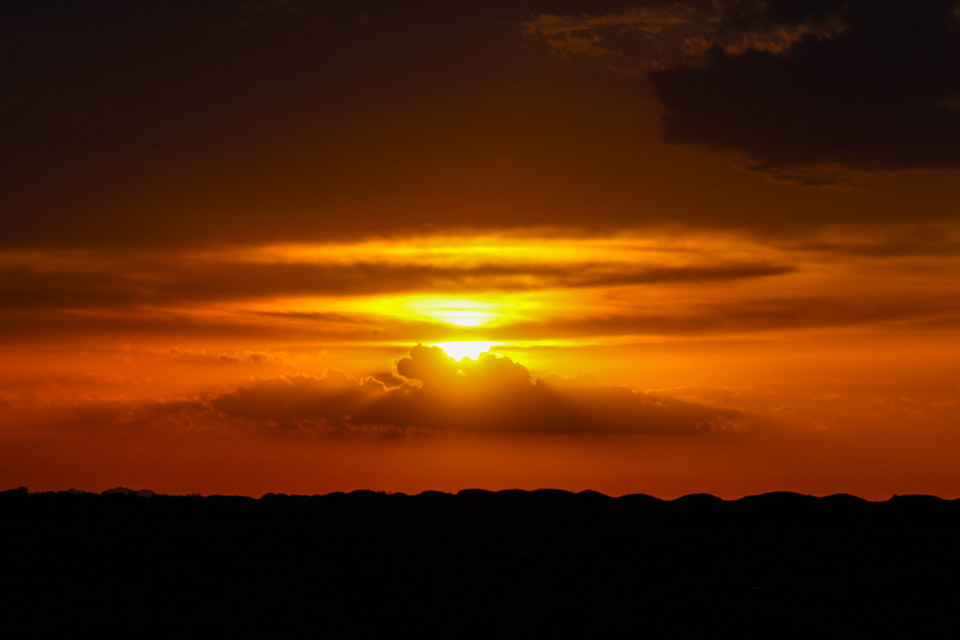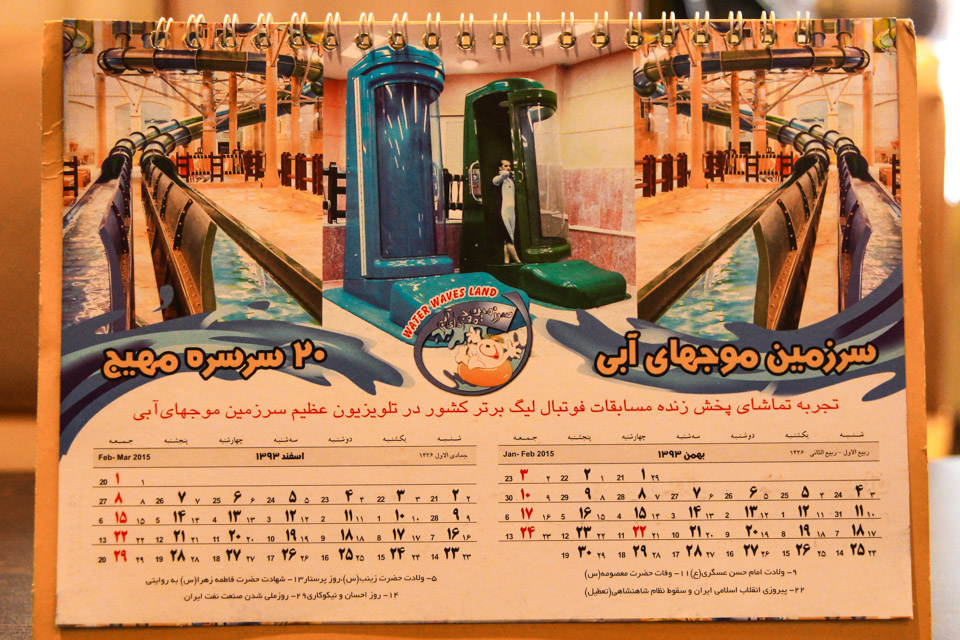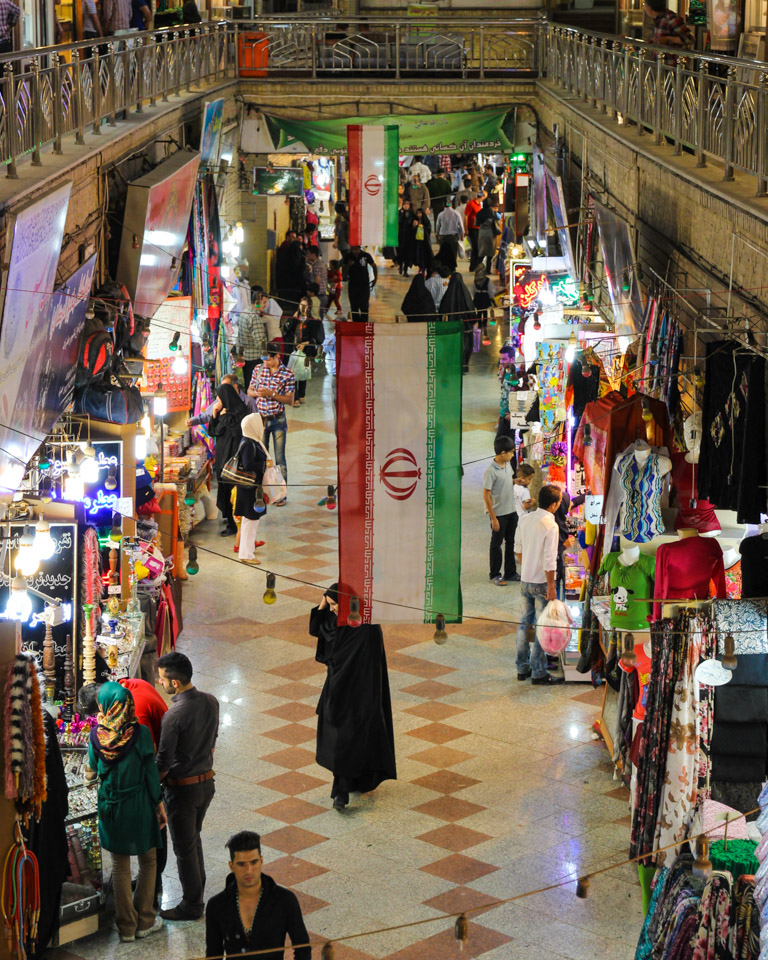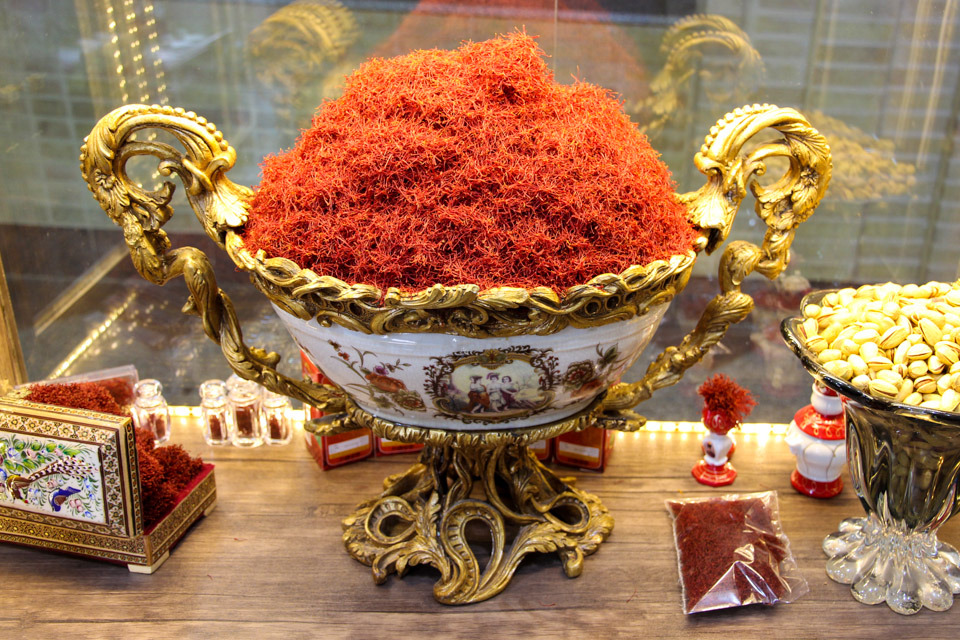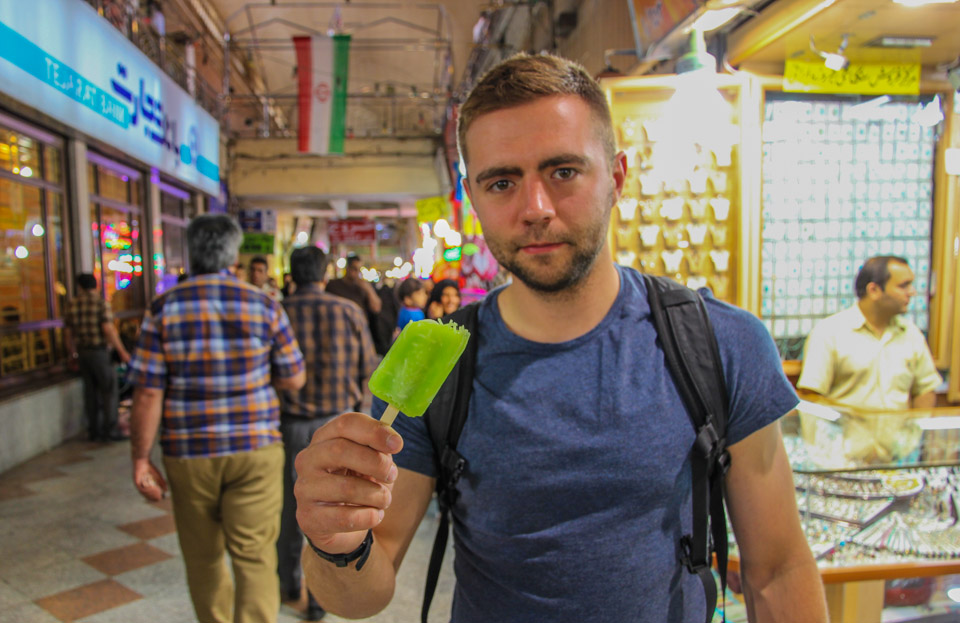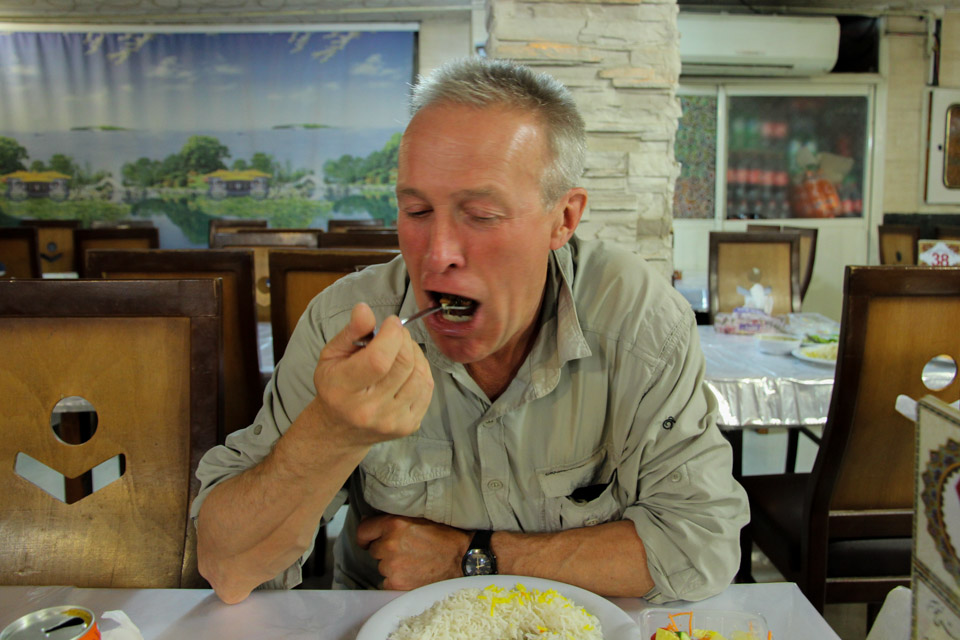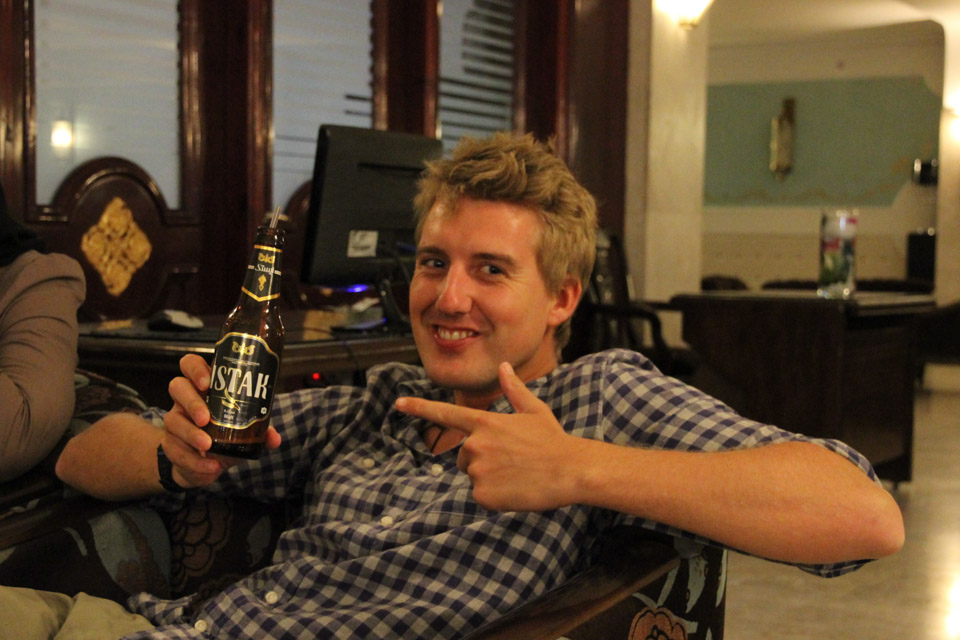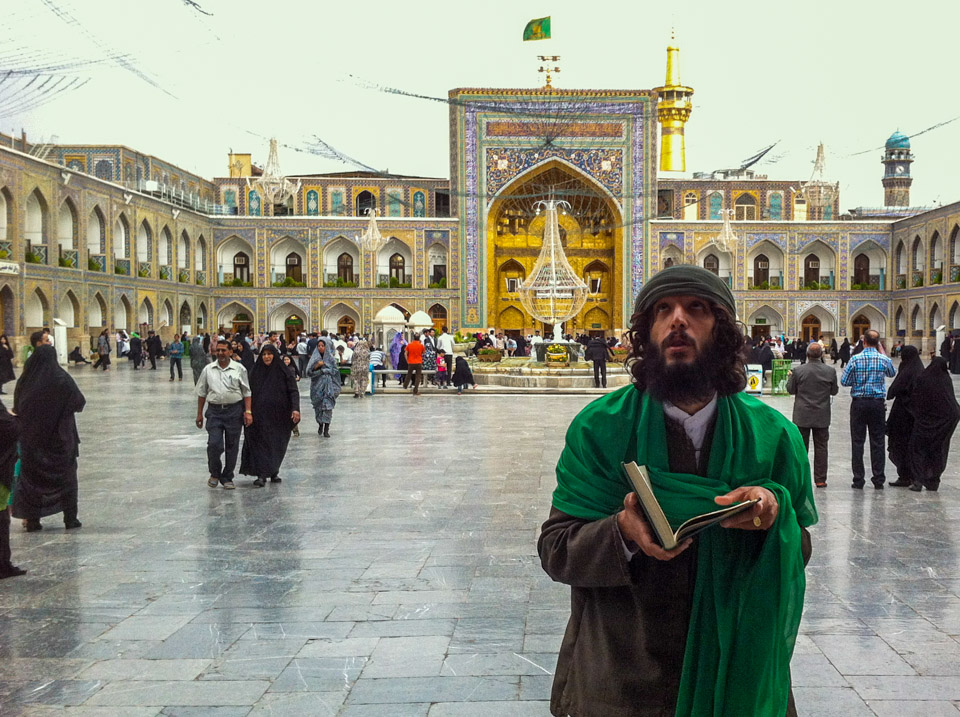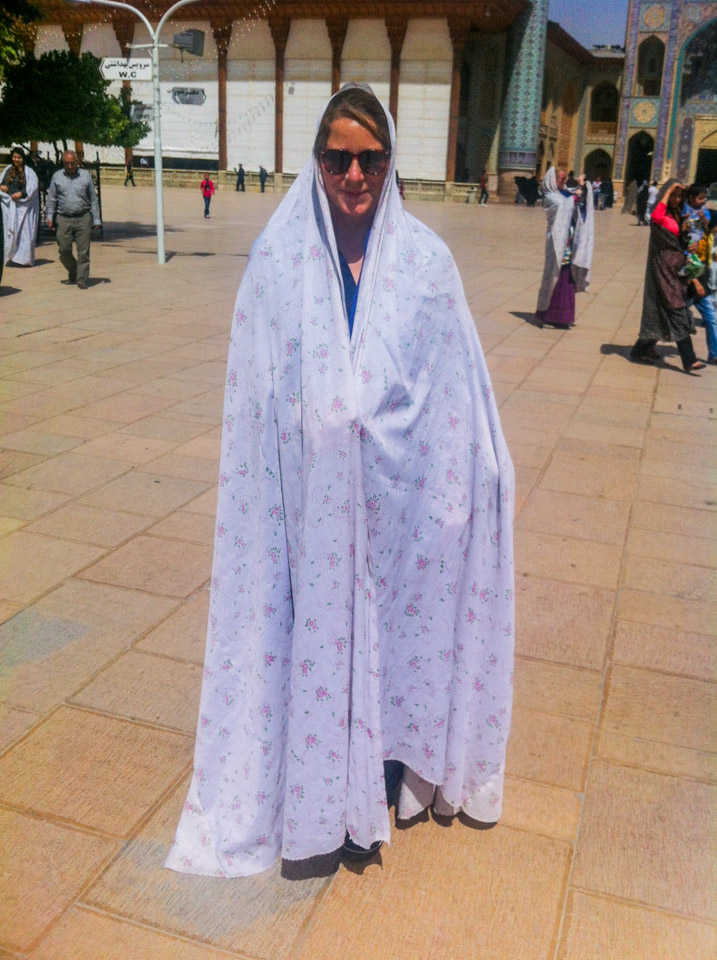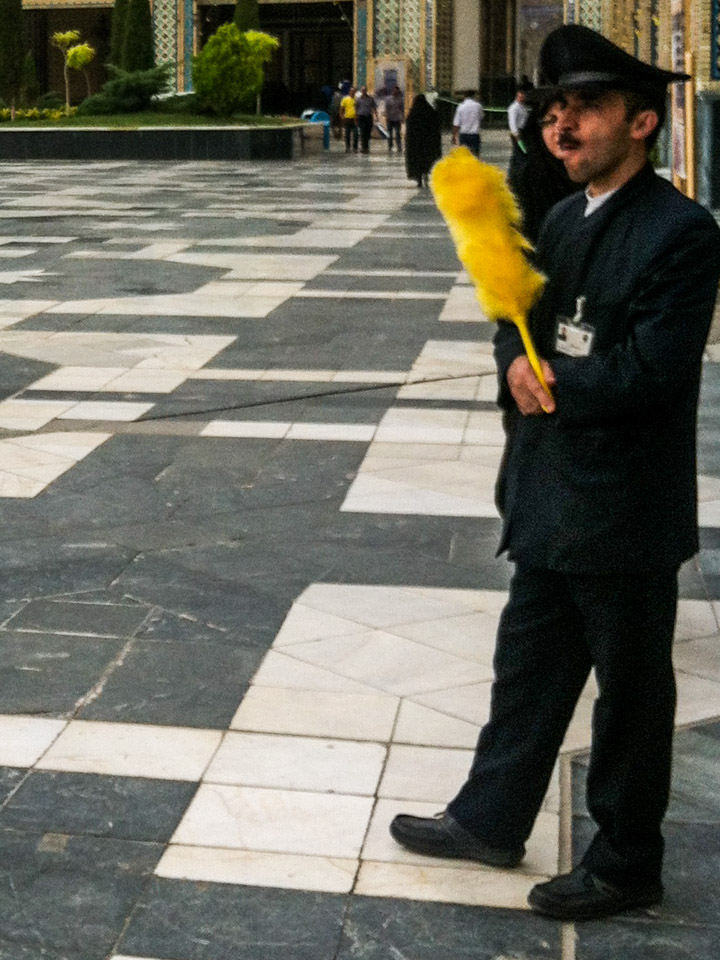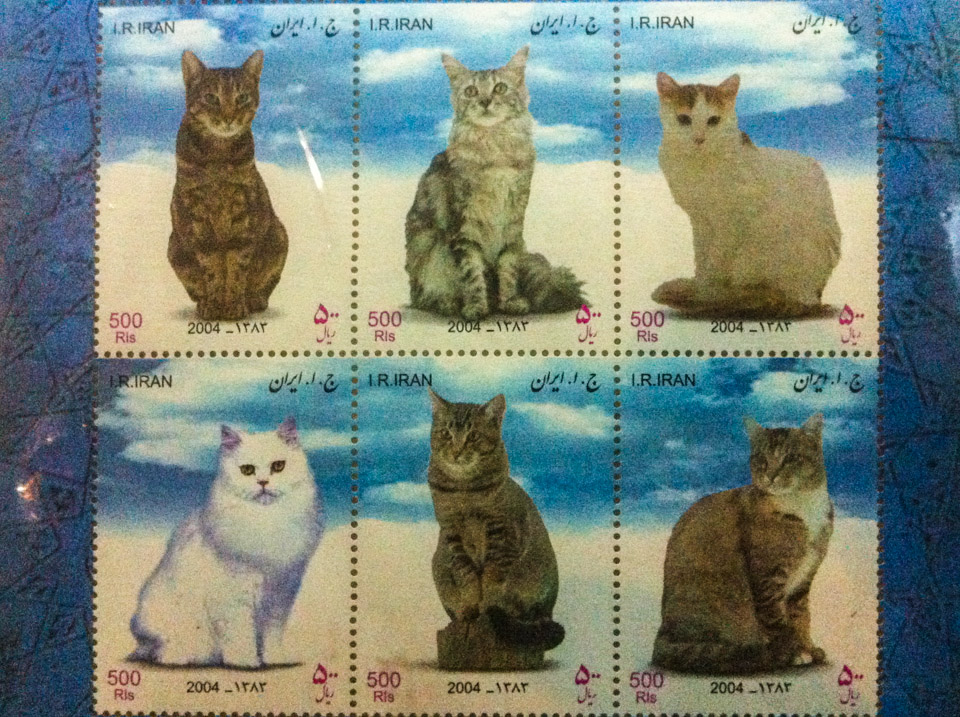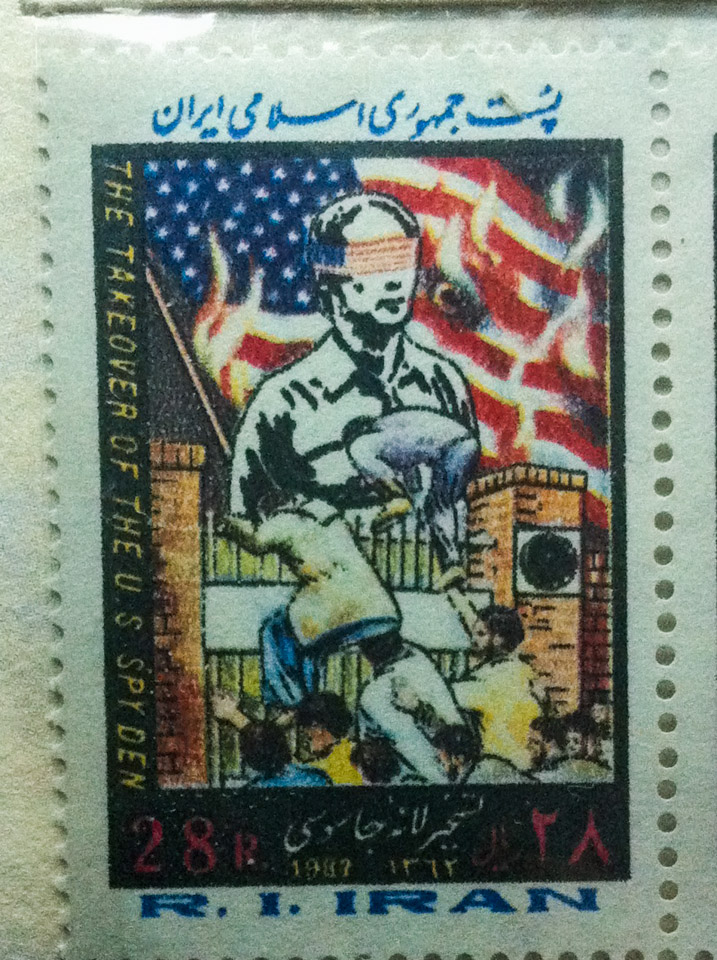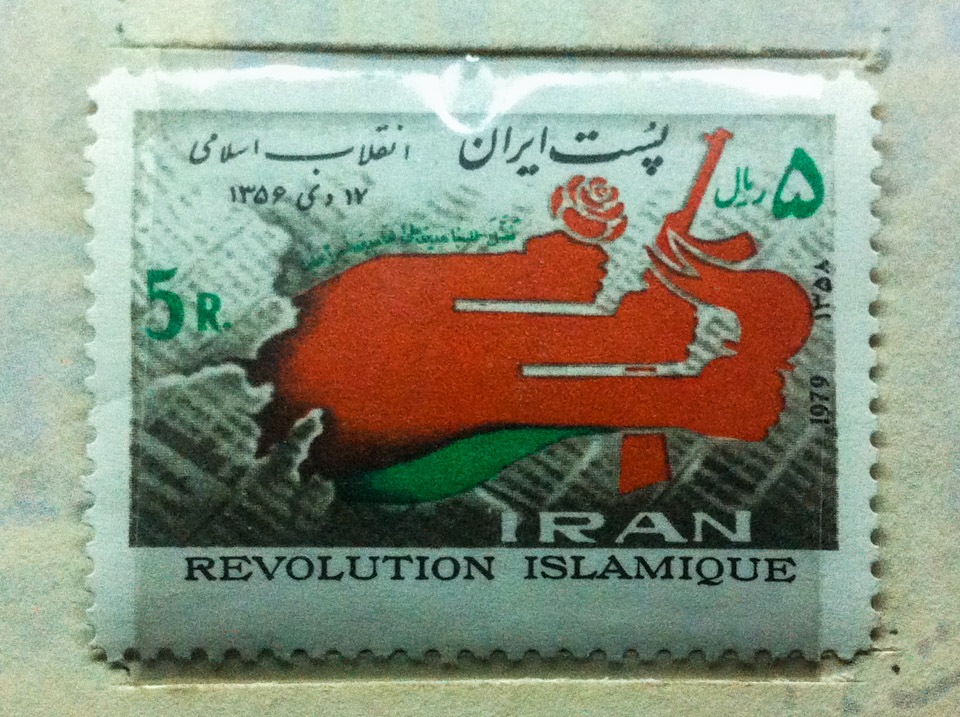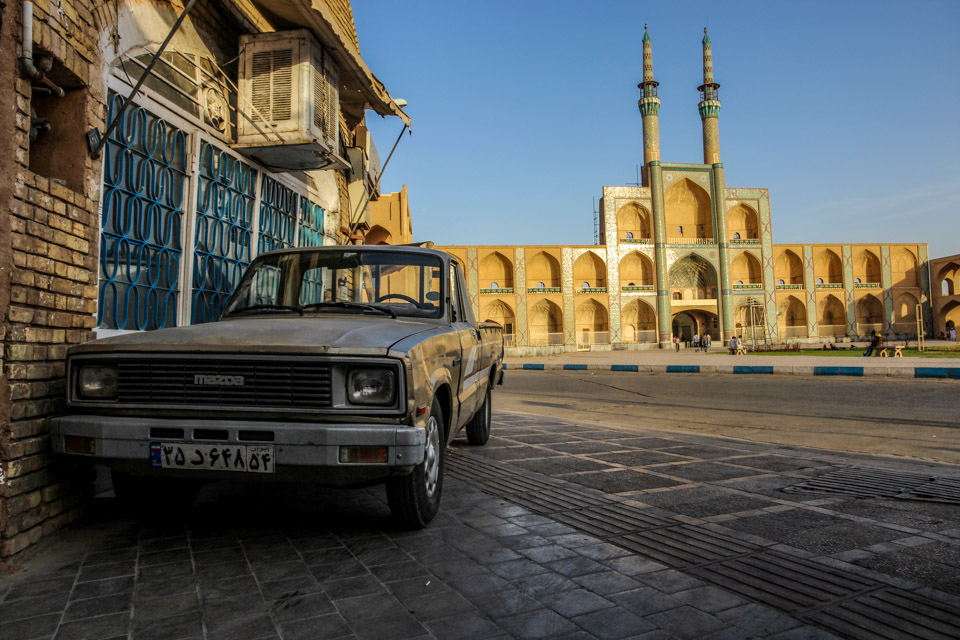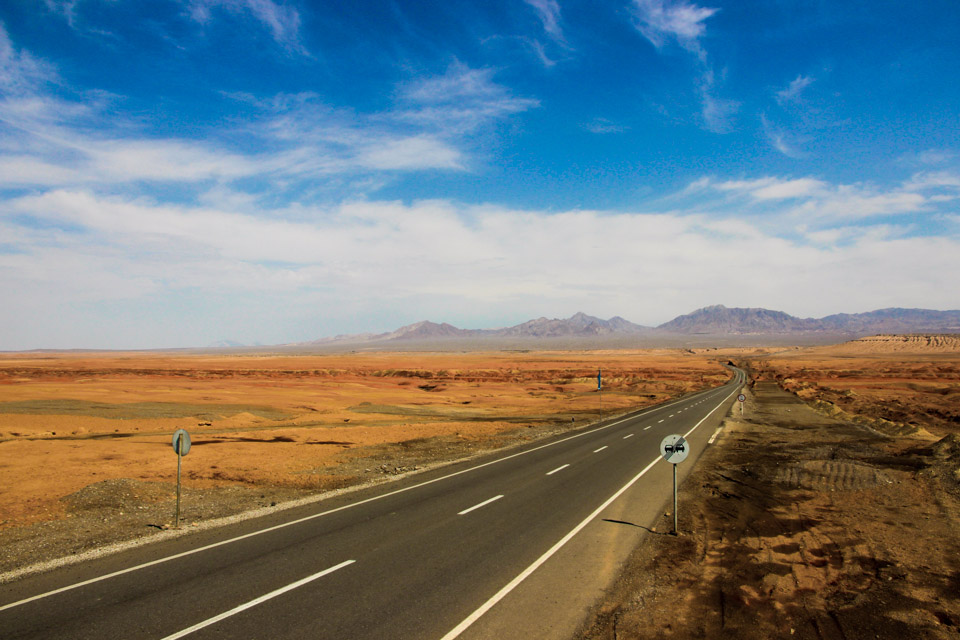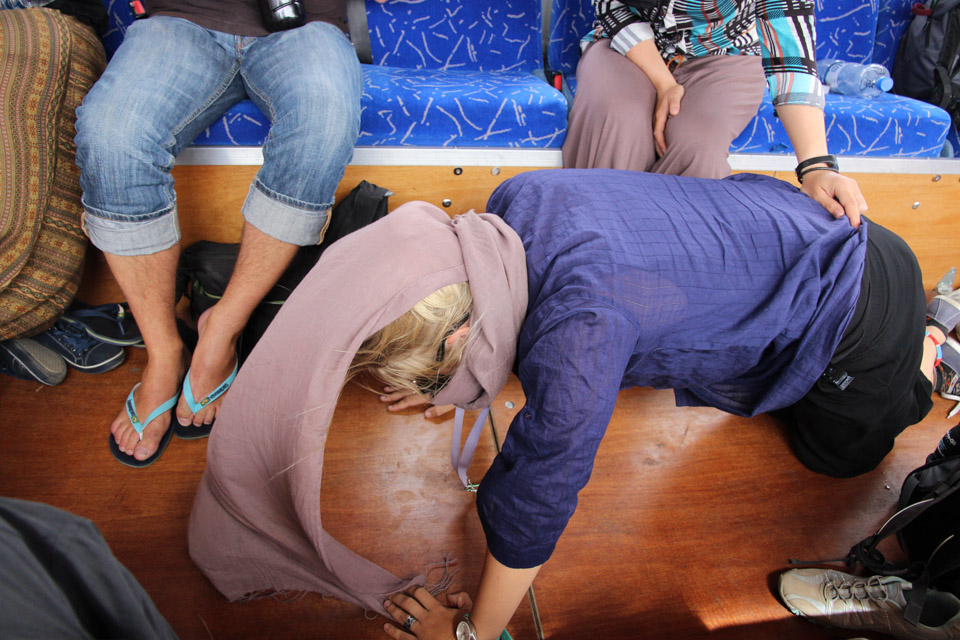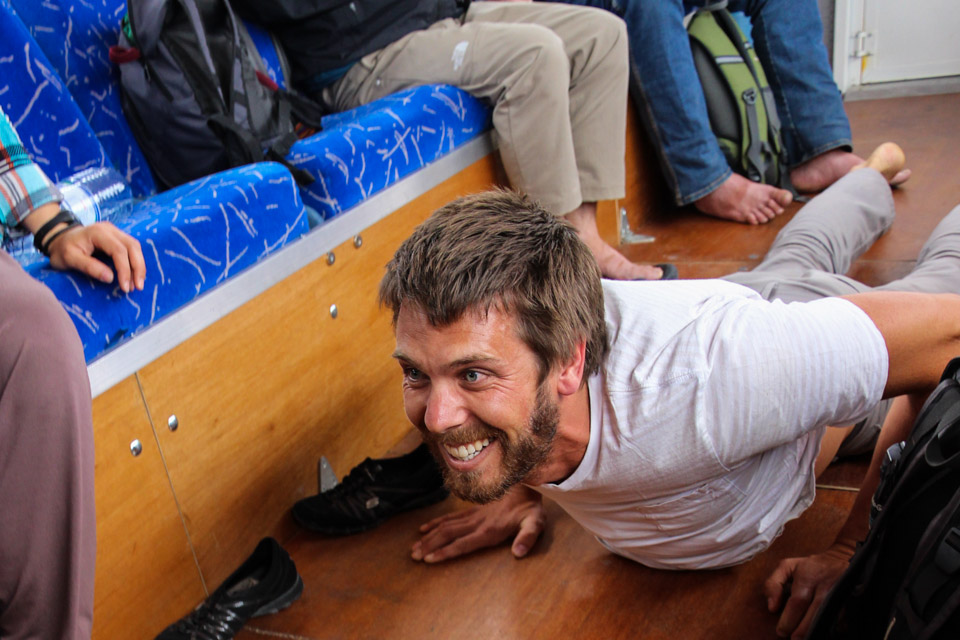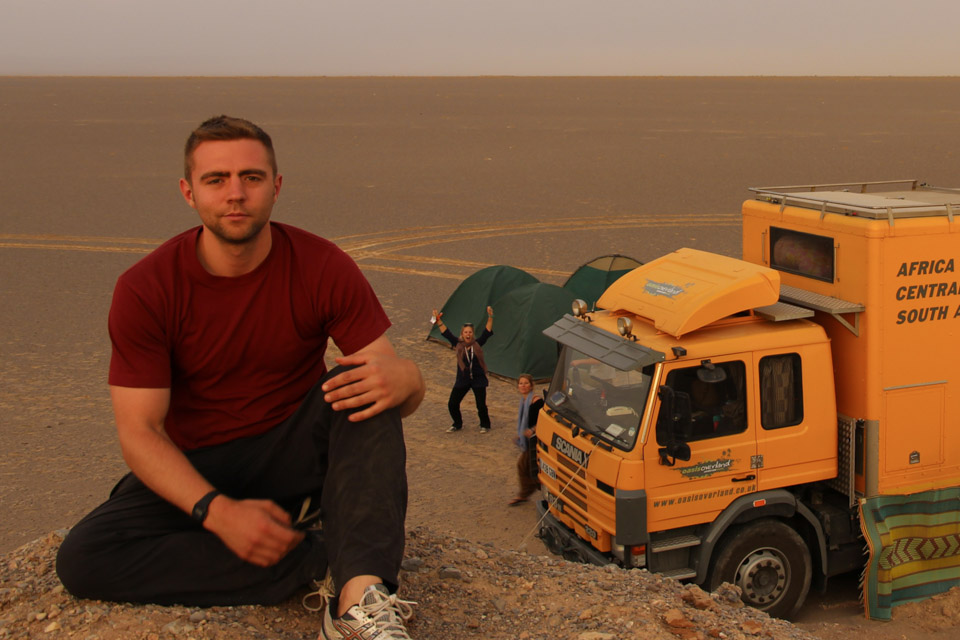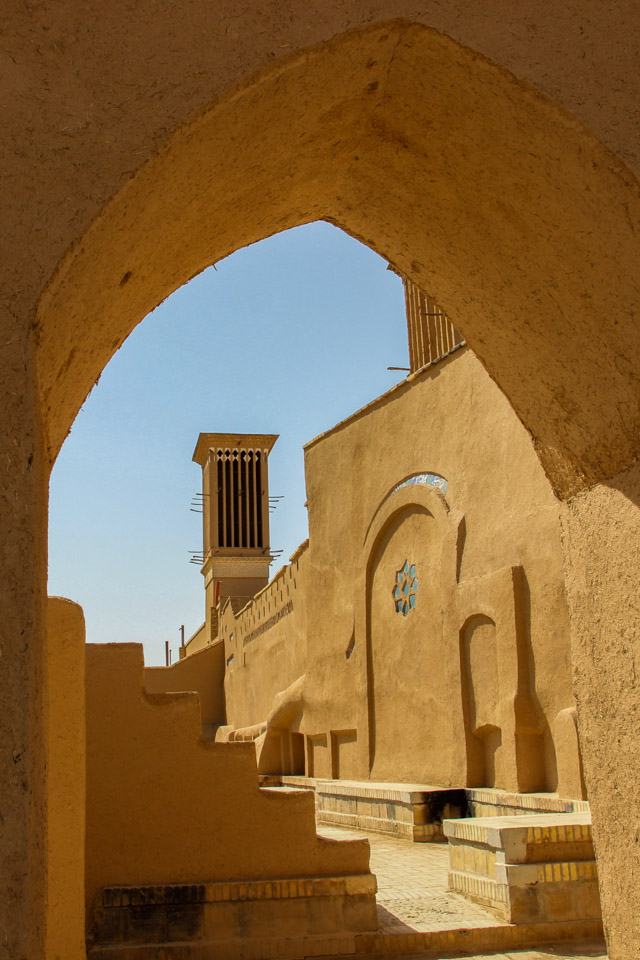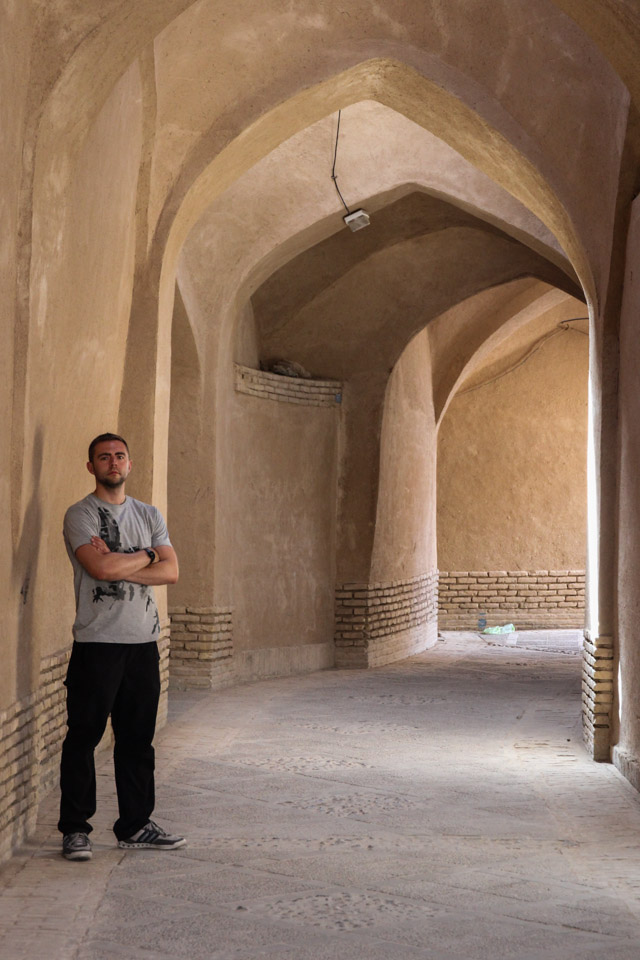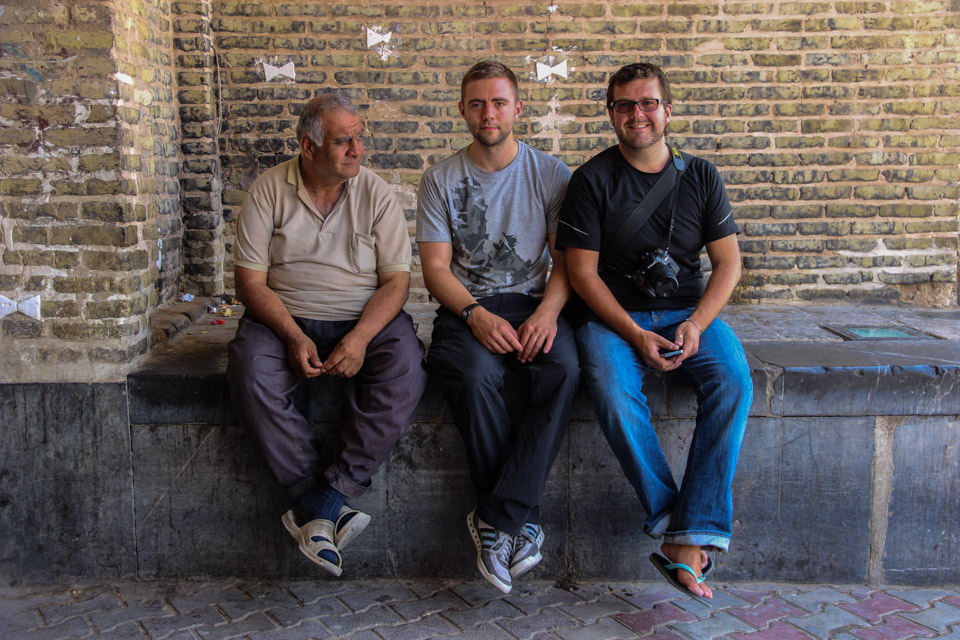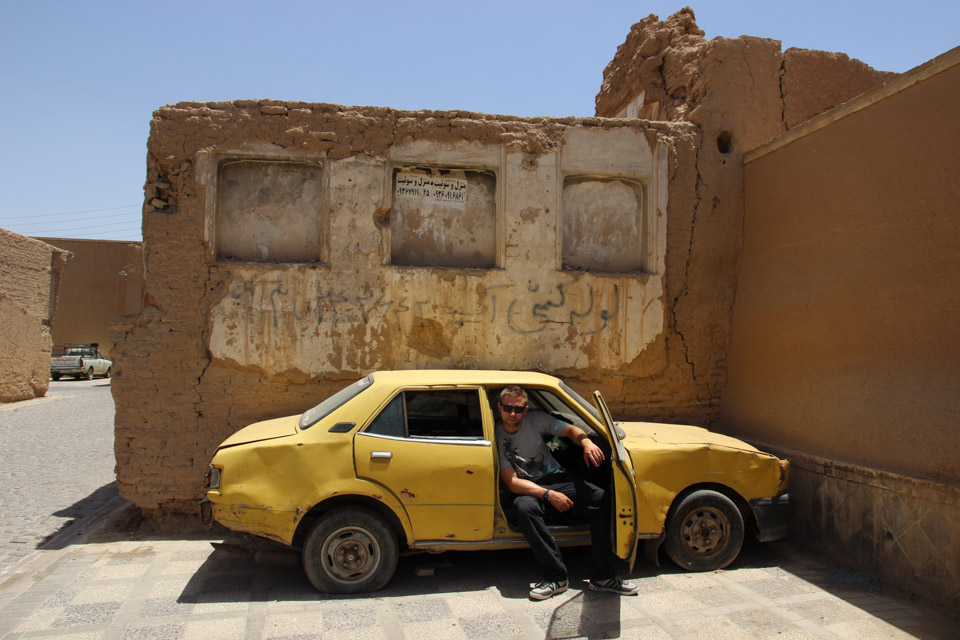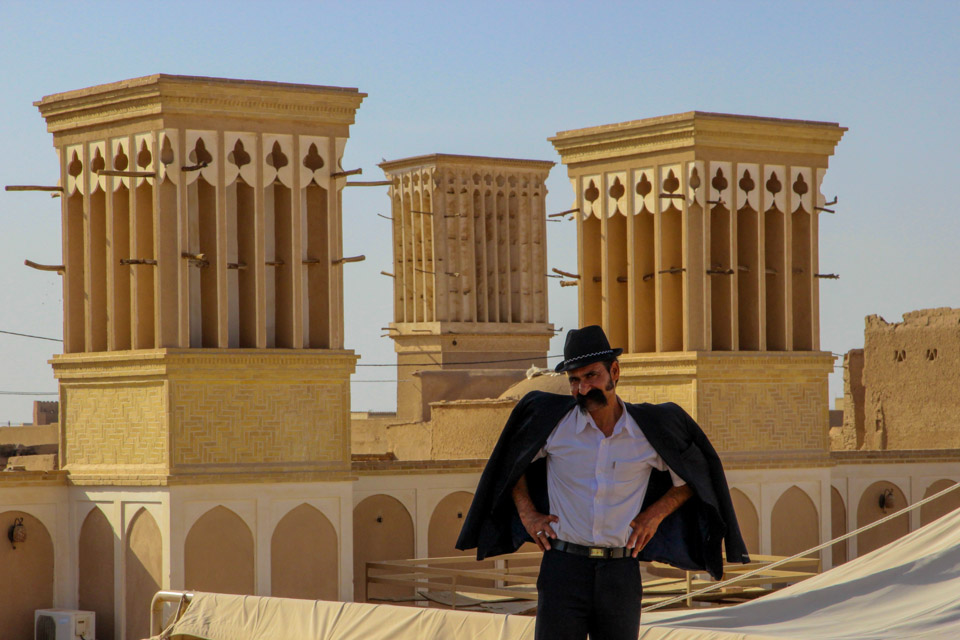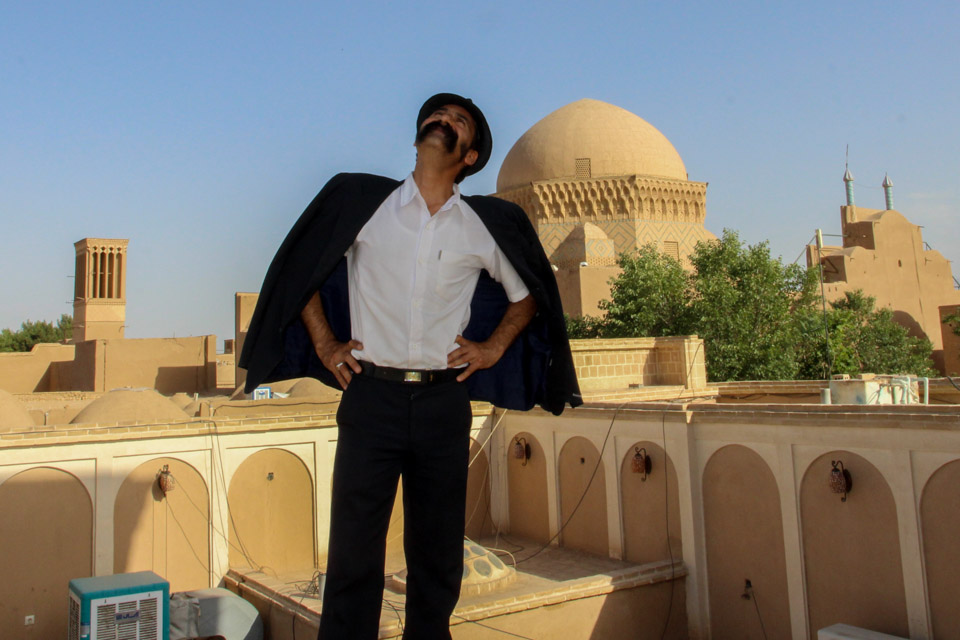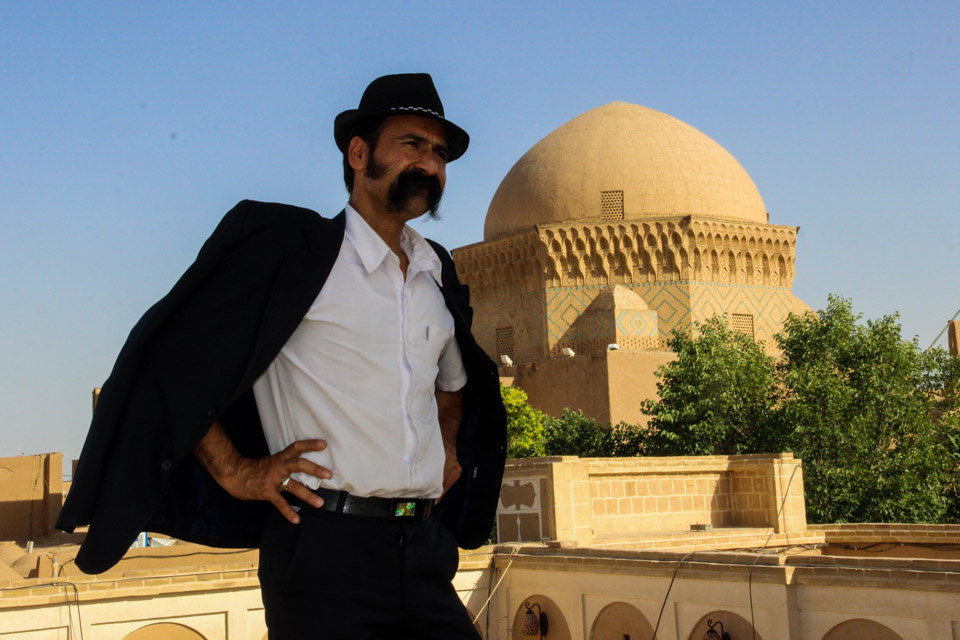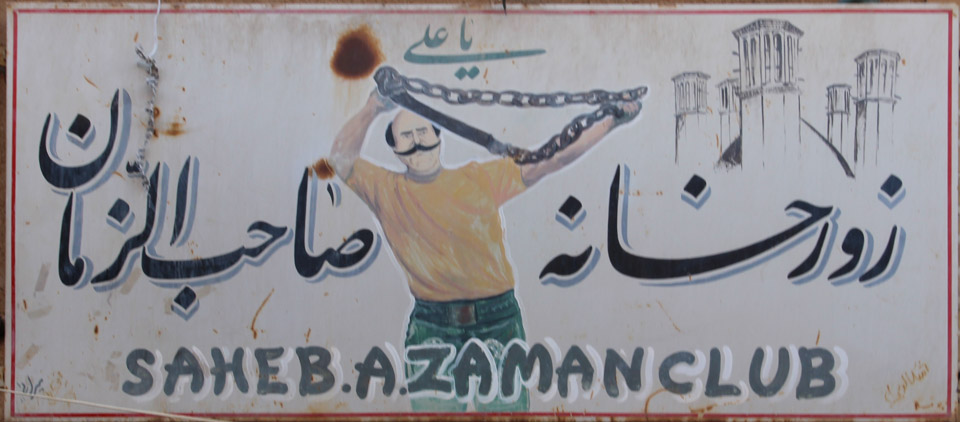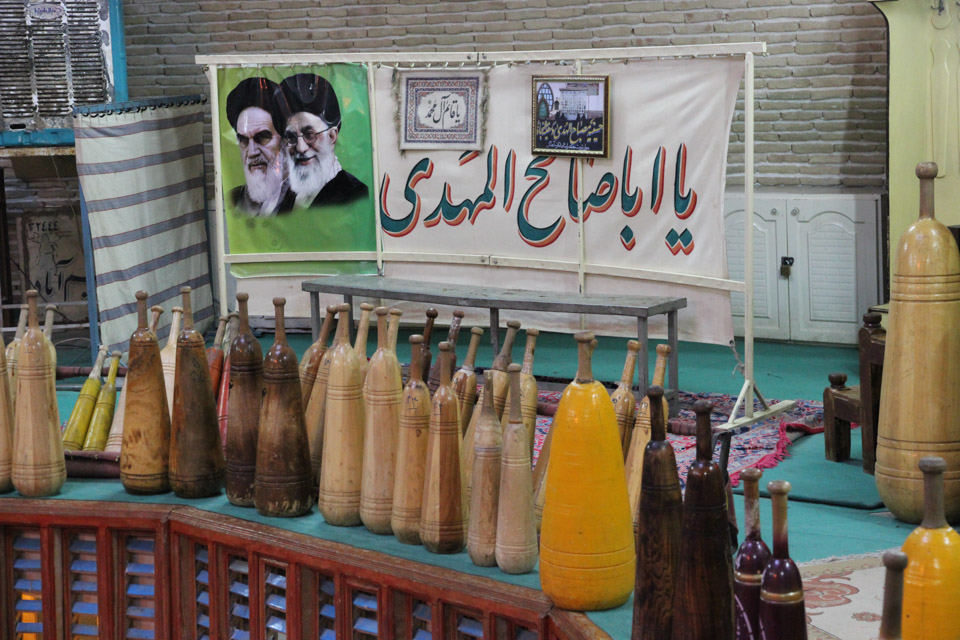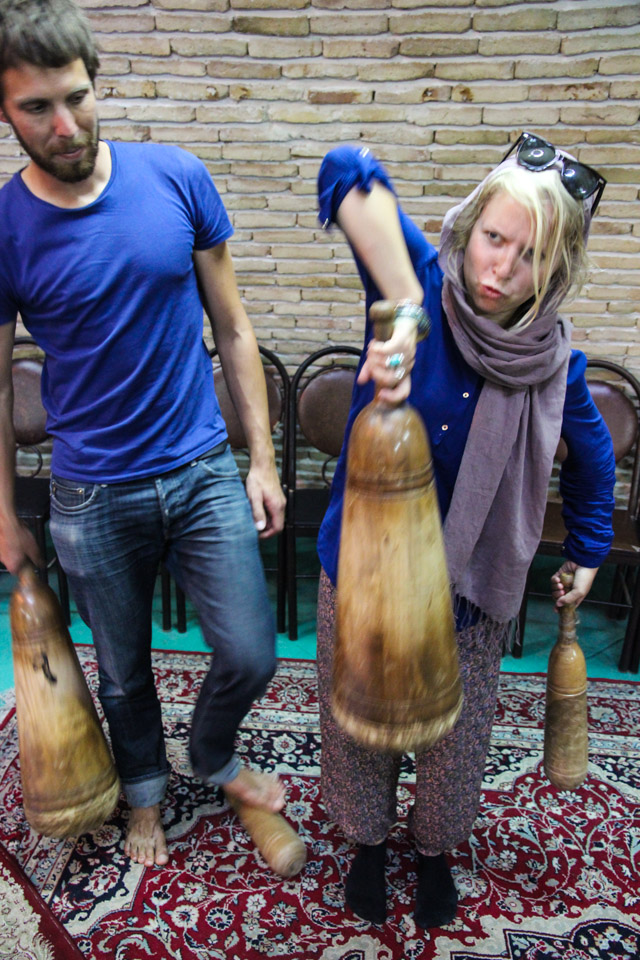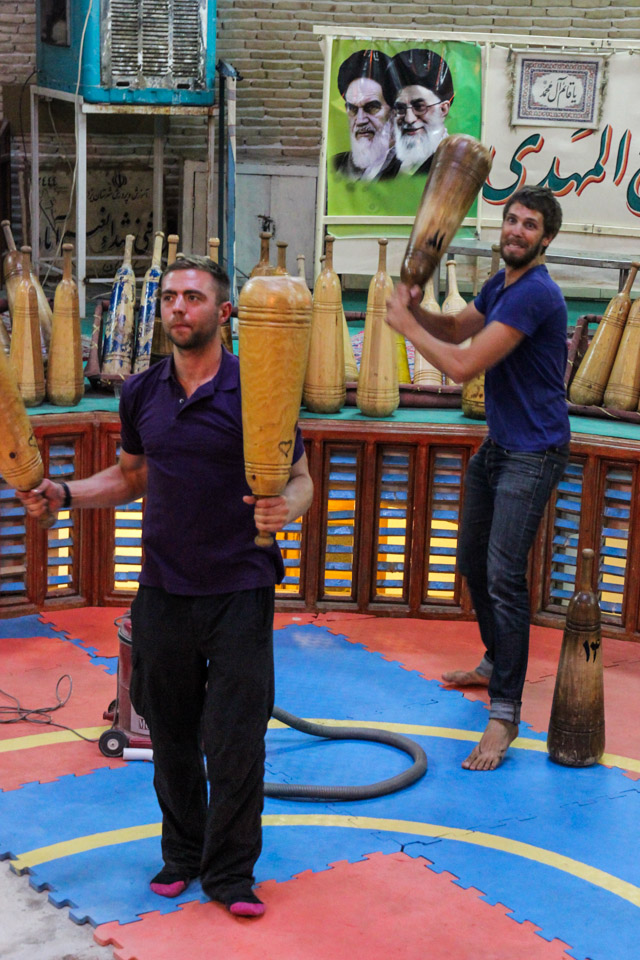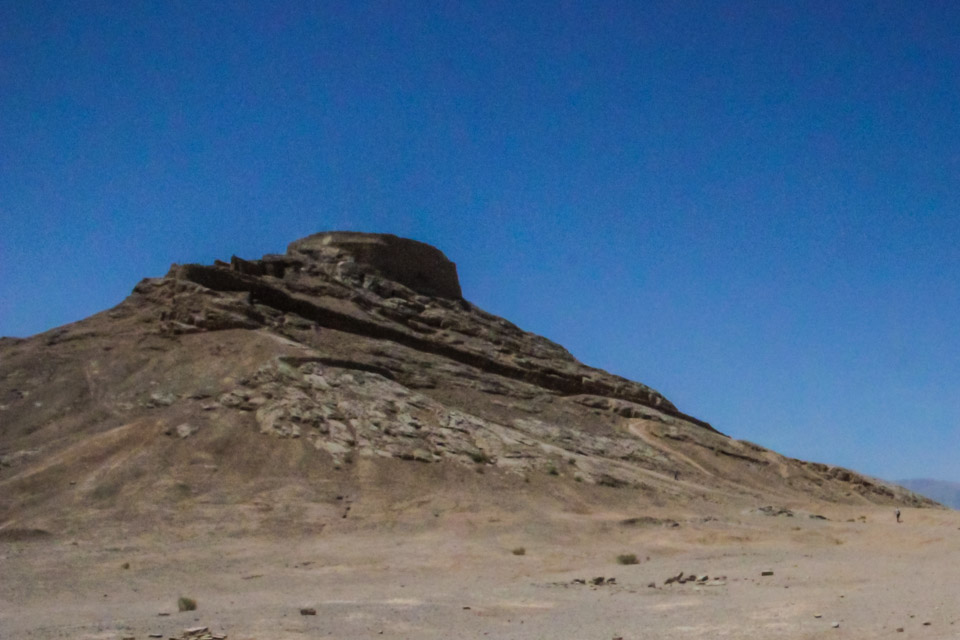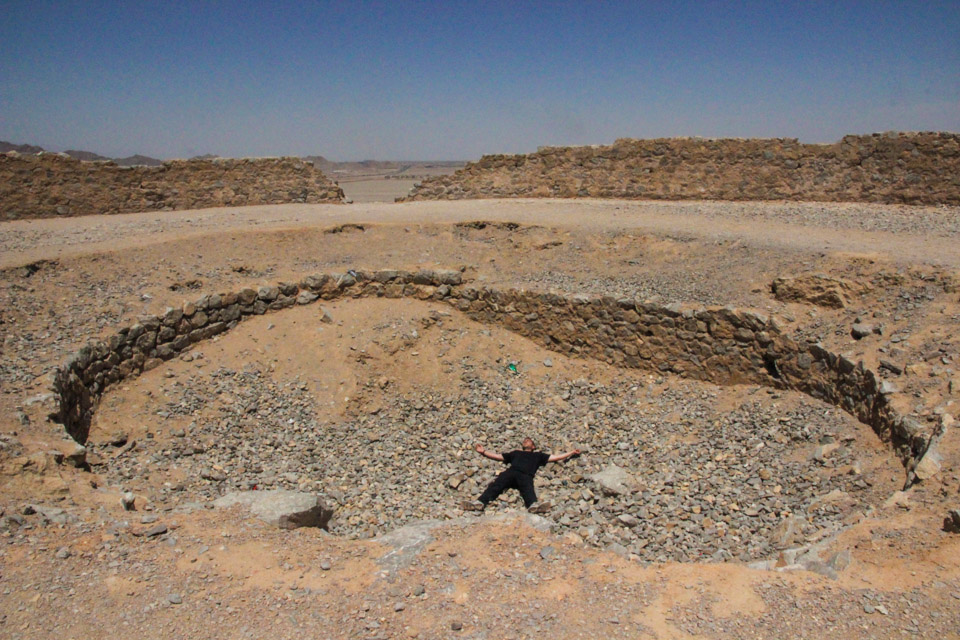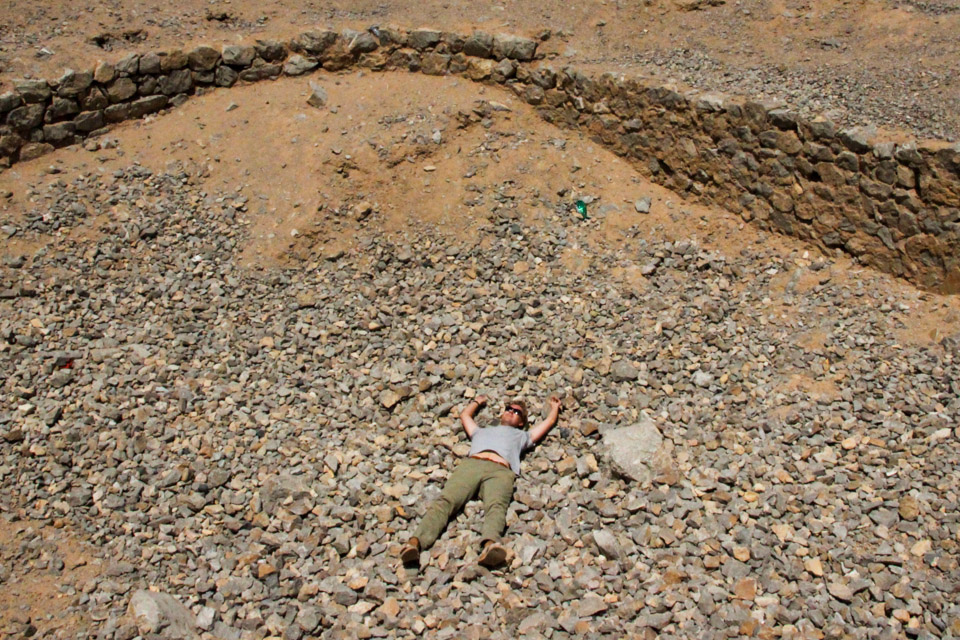Situated in the heart of the Great Silk Road, Uzbekistan’s ancient trading cities of Khiva and Bukhara feature a stunning array of historic Islamic architecture. Although both cities were undeniably beautiful to explore, there was something about them that just didn’t quite ‘click’ with me. Maybe it was because I was still feeling sick after my last night in Turkmenistan, or maybe because I was a bit mosqued out, having already seen some of the most beautiful Islamic architecture in the world in both Turkey and Iran. Or maybe just because it was unbearably hot, with temperatures regularly hitting the mid 40sºC. In that kind of heat, you make the most of the shade when you can find it:

Khiva’s most iconic sight is probably the unfinished Kalta Minor minaret, which was intended to be so tall that you could see Bukhara on a clear day (just 450km away). After the king that commissioned it died, it was never completed, leaving an unusually stumpy tower:
Another of the city’s most striking features is the city wall, which surrounds the old city:

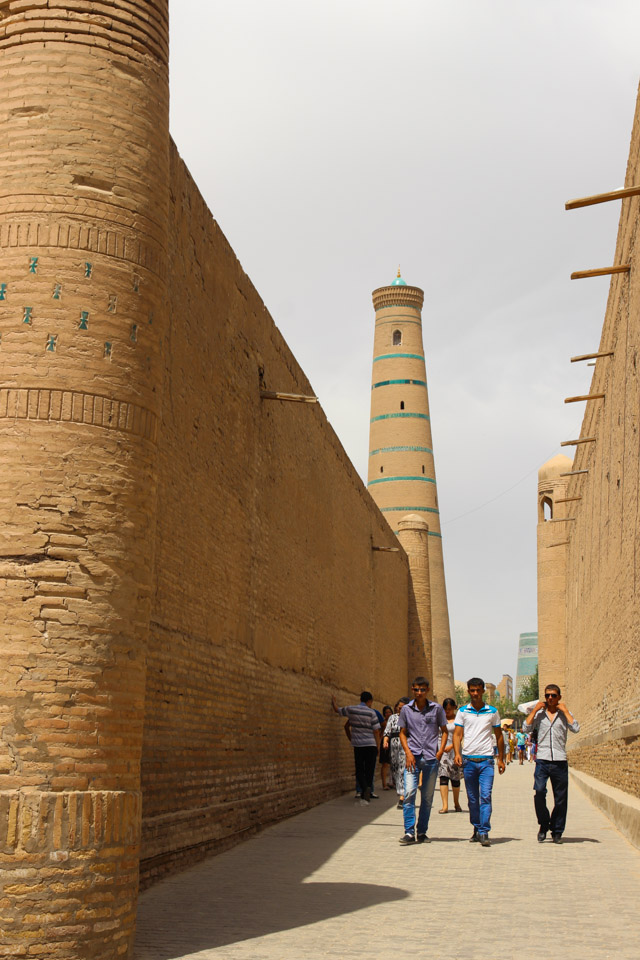
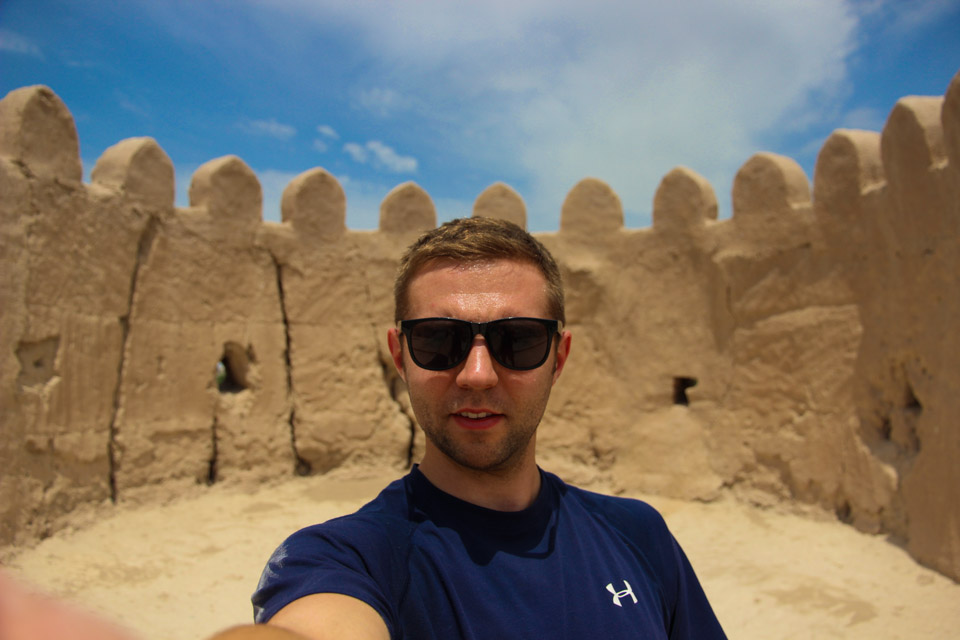
After deciding to scale the city walls for sunset, we were told by the security guard that the walls had closed an hour earlier! This being Central Asia, a few dollars ‘tea money’ was paid to the security guard and we made our way to the top to watch the sun go down.
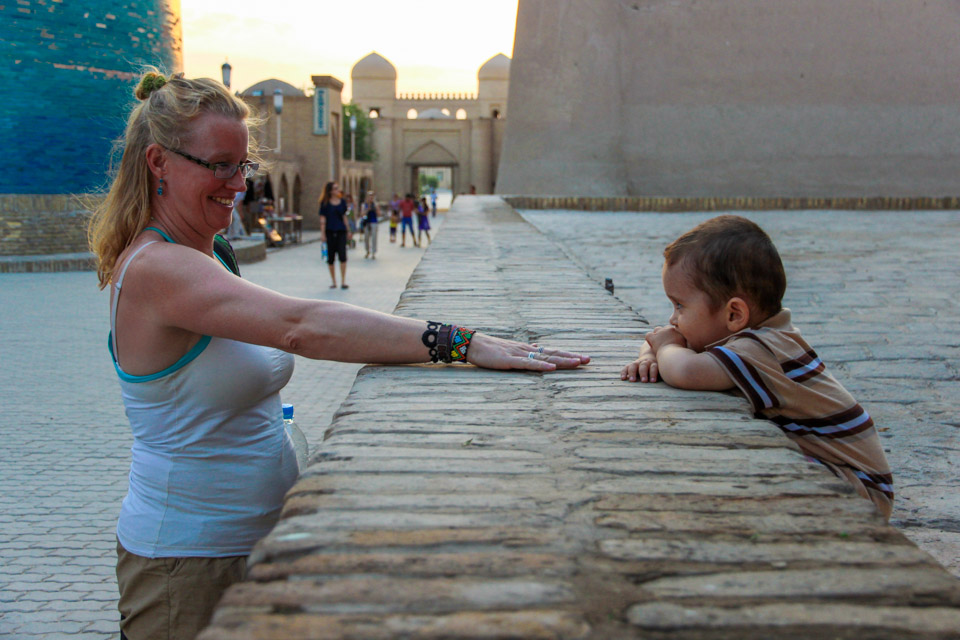
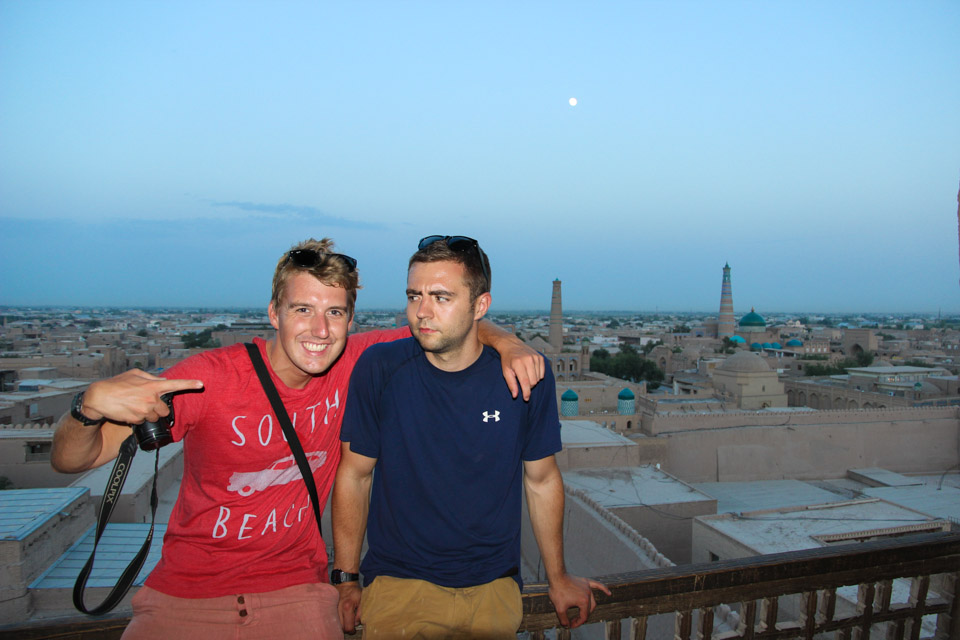
We also took the opportunity for a bit of fancy dress Uzbek style, complete with Central Asia’s obligatory silly hats:

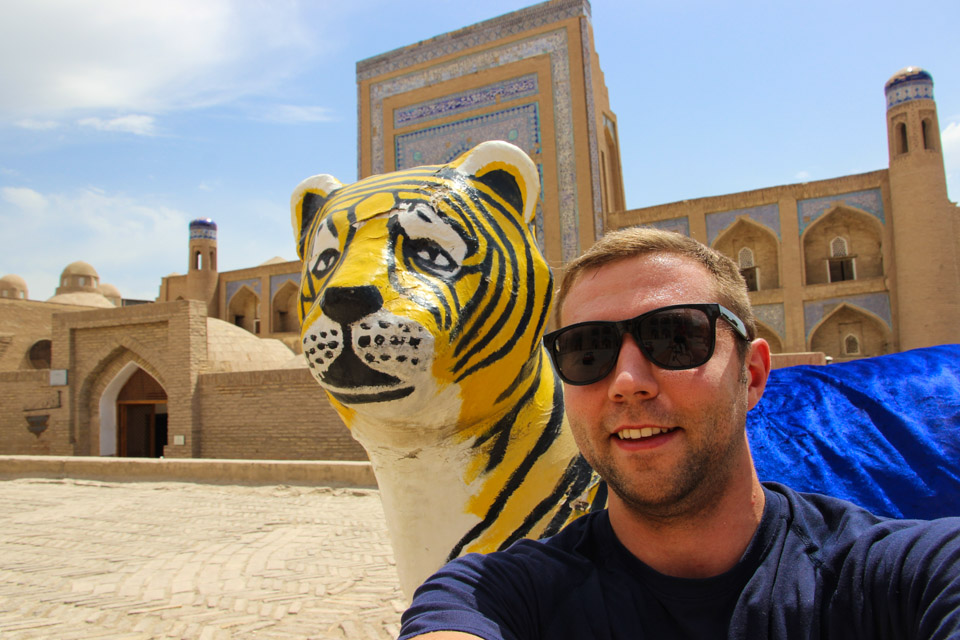
Our hotel bathroom also sported this superb toilet seat cover:
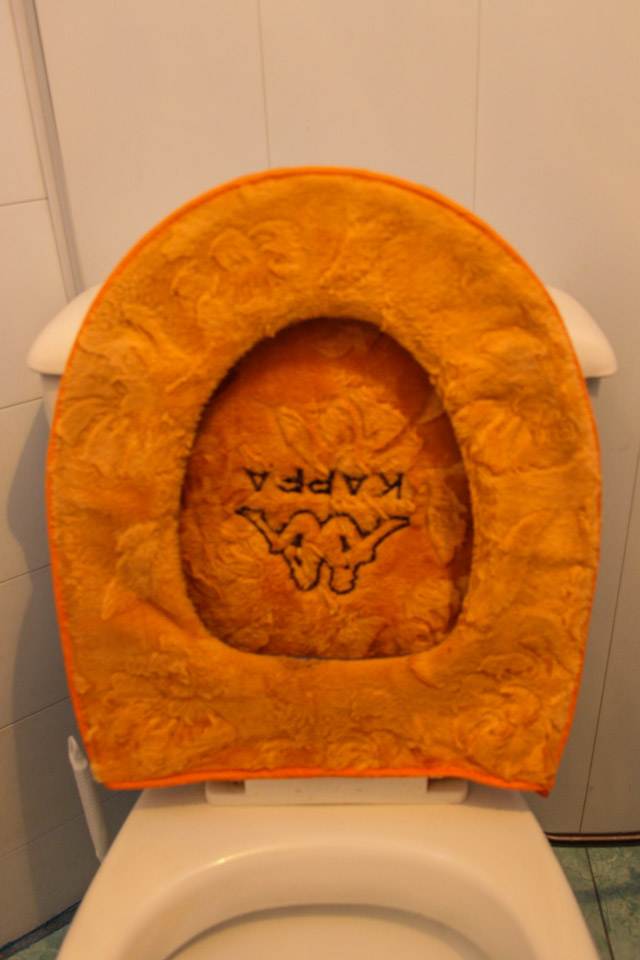
Bukhara meanwhile is Uzbekistan’s holiest city, with the city littered with mosques, madrassas and minarets. It’s fair to say that we were getting really quite mosqued out by this point, so we perhaps didn’t explore as much of the city as we could have. But the world cup was on late at night, so it was the perfect excuse to get boozed up on outrageously cheap vodka, Uzbek style. This is the result:
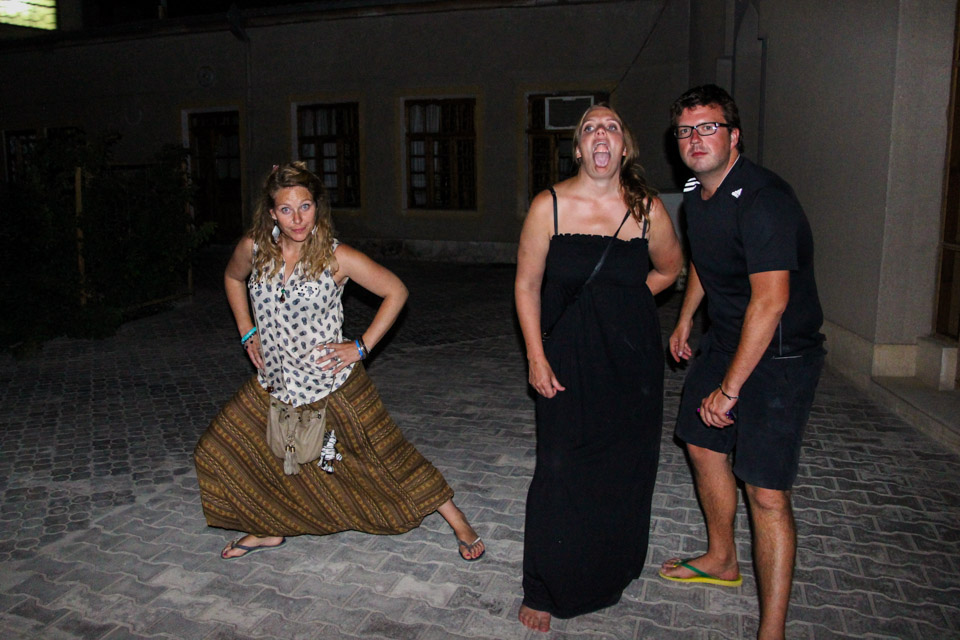
The next day, sporting a stinking hangover, I was not impressed at the prospect of looking at more buildings, when all I wanted to do was sleep:
But you’re only in Uzbekistan once, and we soon met this fantastic group of ladies just outside the city’s Ark who lifted our spirits! Unfortunately the photo doesn’t quite do justice to their amazing collection of gold teeth:
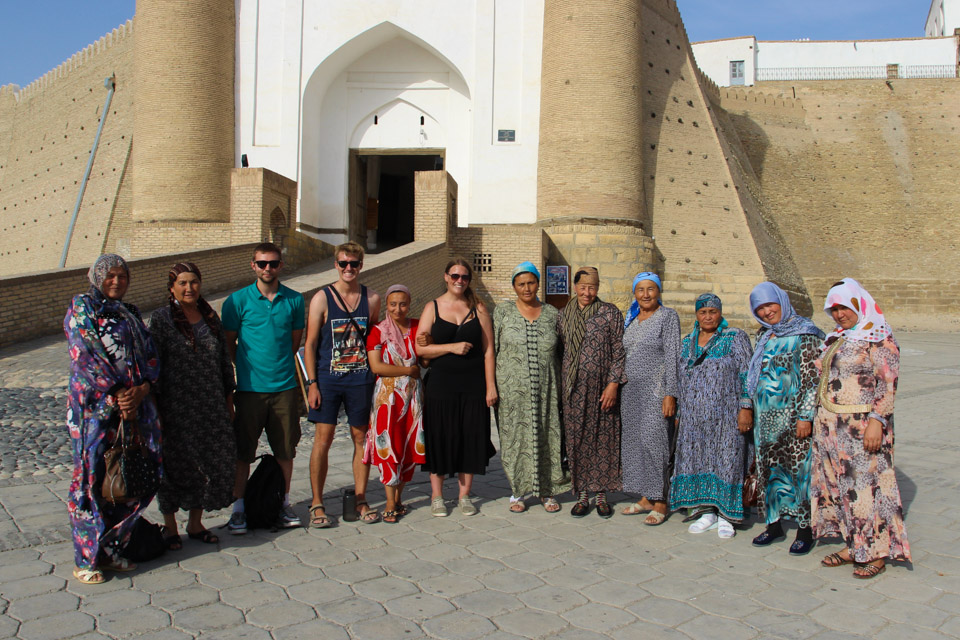
Feeling progressively better as the day went on, we mustered up just enough energy to explore the city and see its collection of Islamic architecture, including my favourite the Chor Minor:
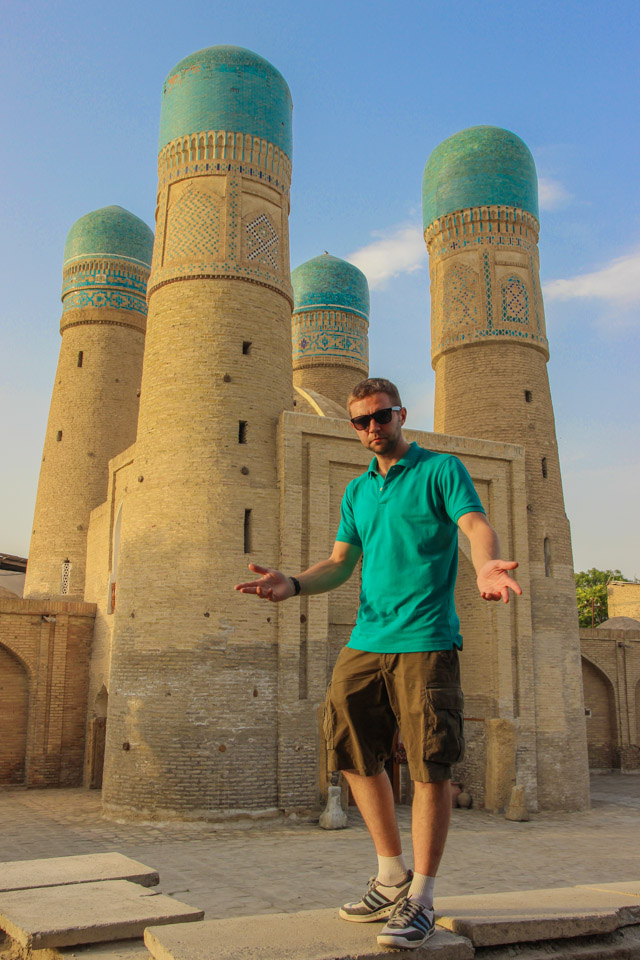
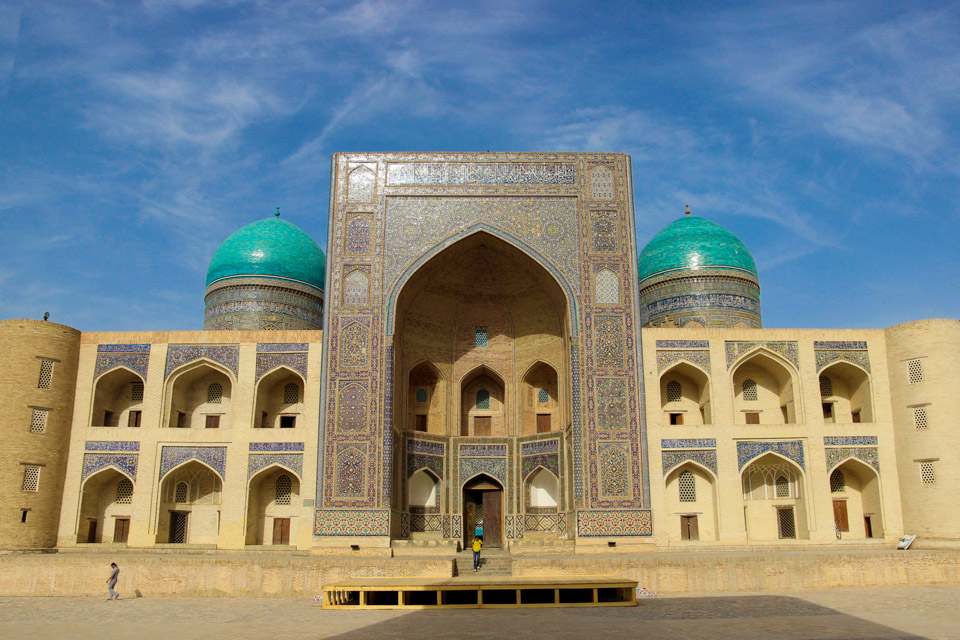
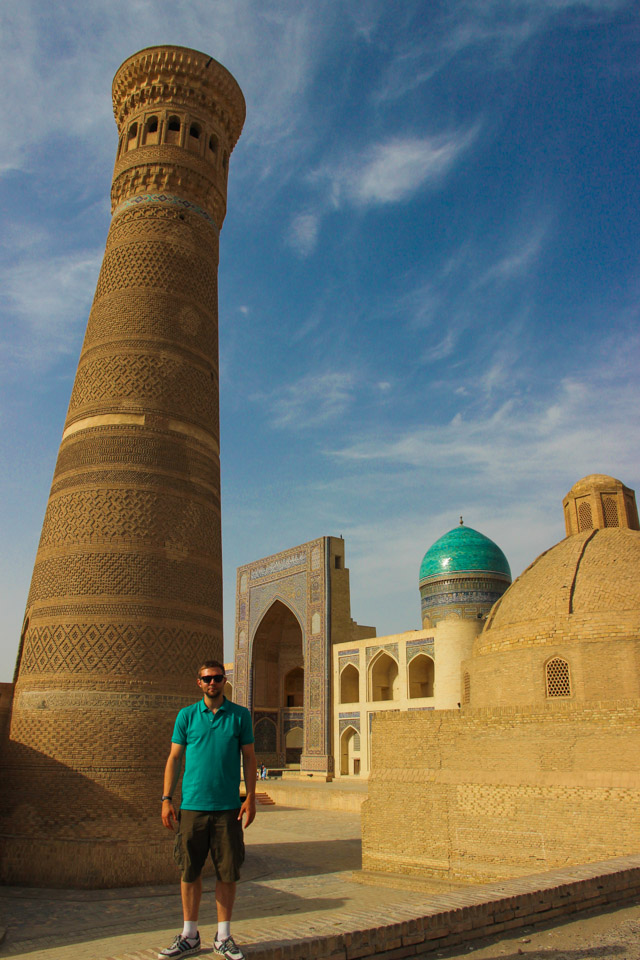
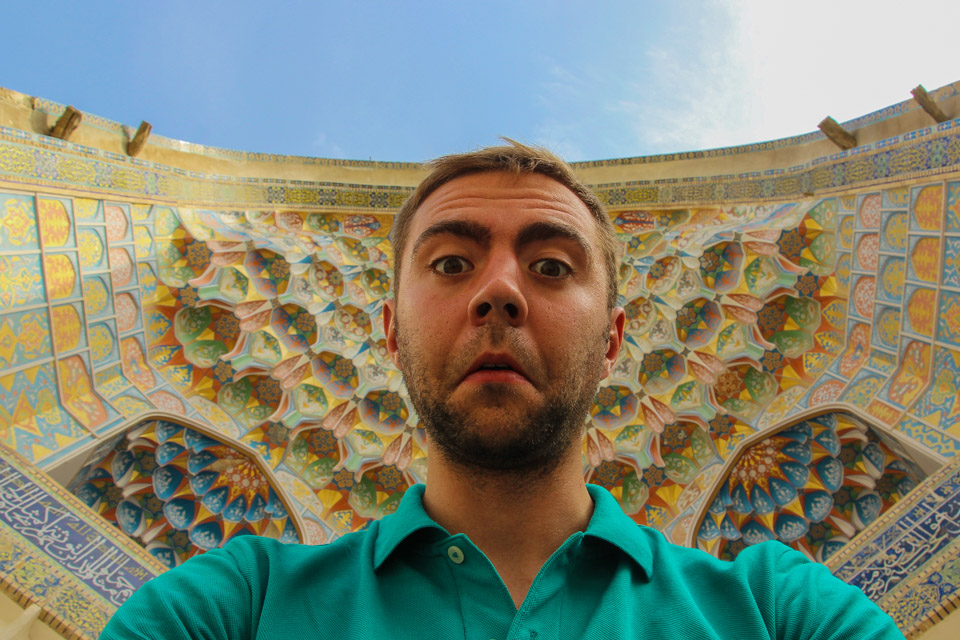
With a craving for Western food after days of terrible Uzbek food, Matt, Jenny and I went looking for a good pizza restaurant that was rumoured to be near our hotel. After finding it in a shopping mall on the edge of town, we were gutted to find that the restaurant was closed that evening for a private birthday party. But just as we were about to leave, the father of the birthday girl invited us in, where the restaurant had been converted into a disco and we were greeted by the sight of 40 Uzbek teenagers dancing to Lady Gaga. The girls wore cocktail dresses while the guys just wore tshirts and jeans and a very surreal meal ensued, complete with Uzbek party games and some very interesting dancing. It was great to see the kids having such a good time and it was great of the family to even allow us in – if a British family had booked a restaurant for a private birthday party, I doubt very much that they’d let a random group of Uzbeks in for a meal!
Next stop Samarkand, home to…wait for it…some of the most impressive Islamic architecture in Central Asia!
